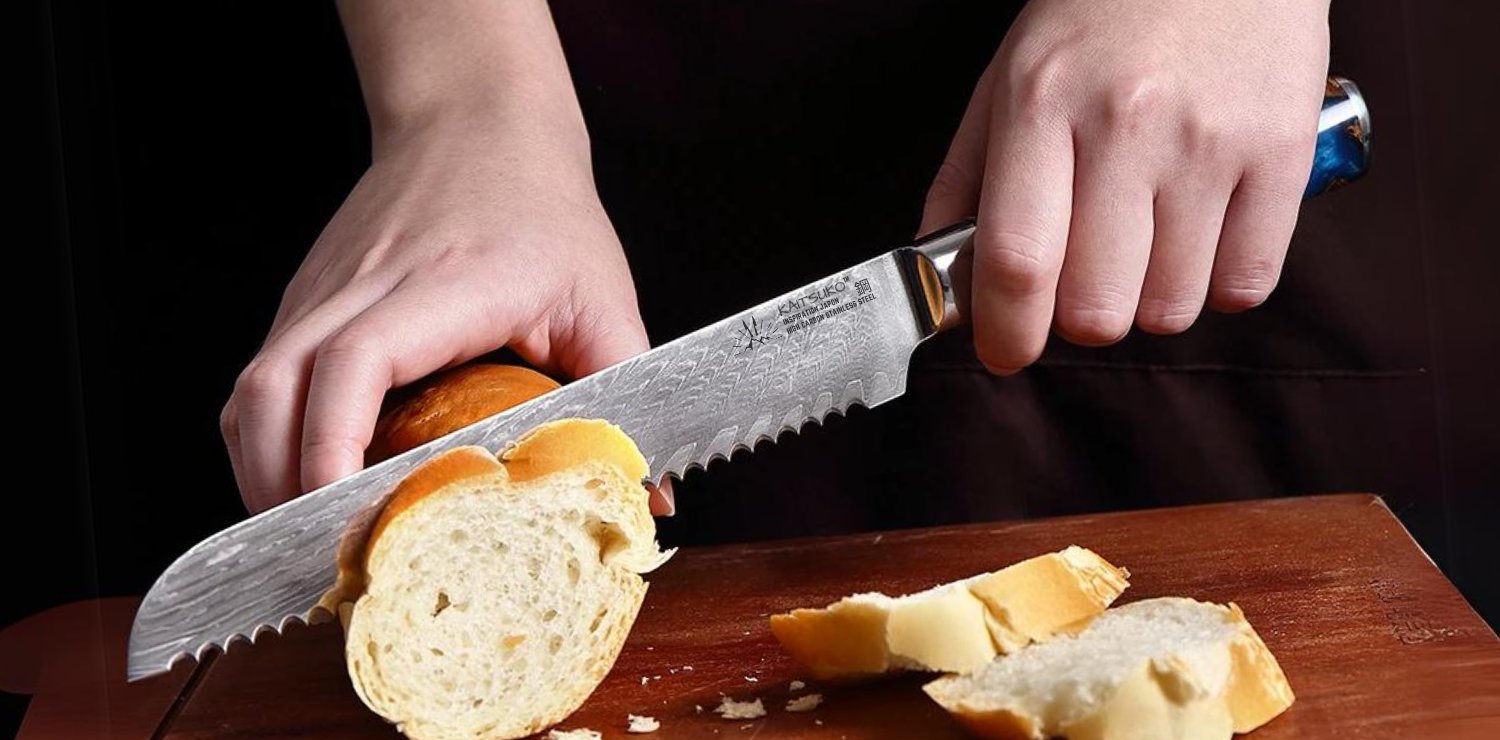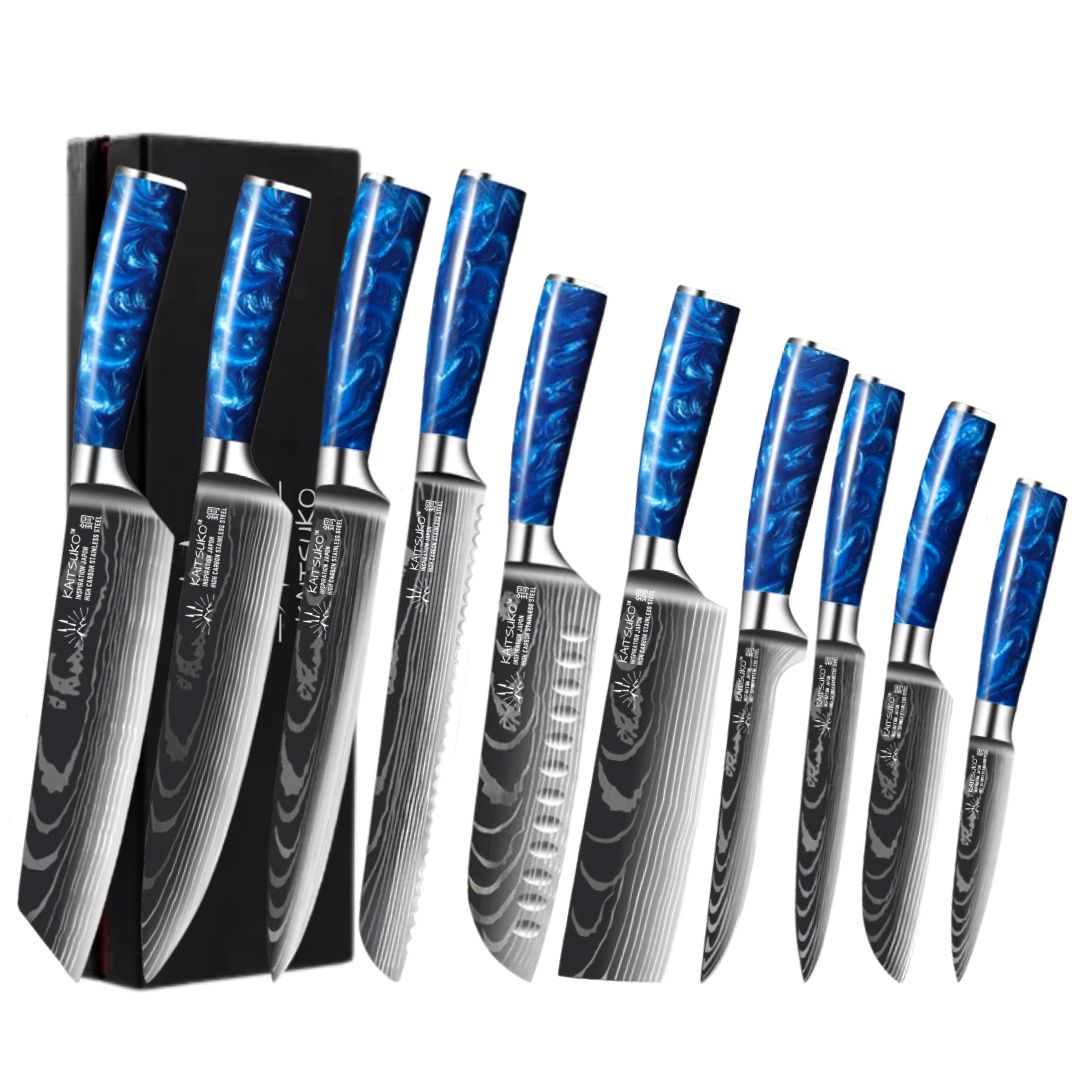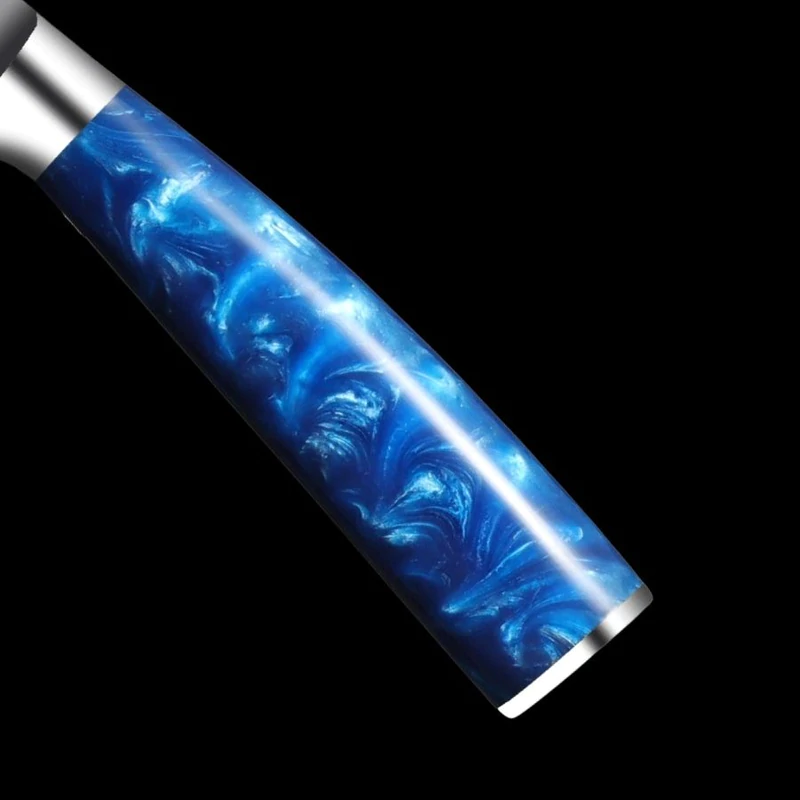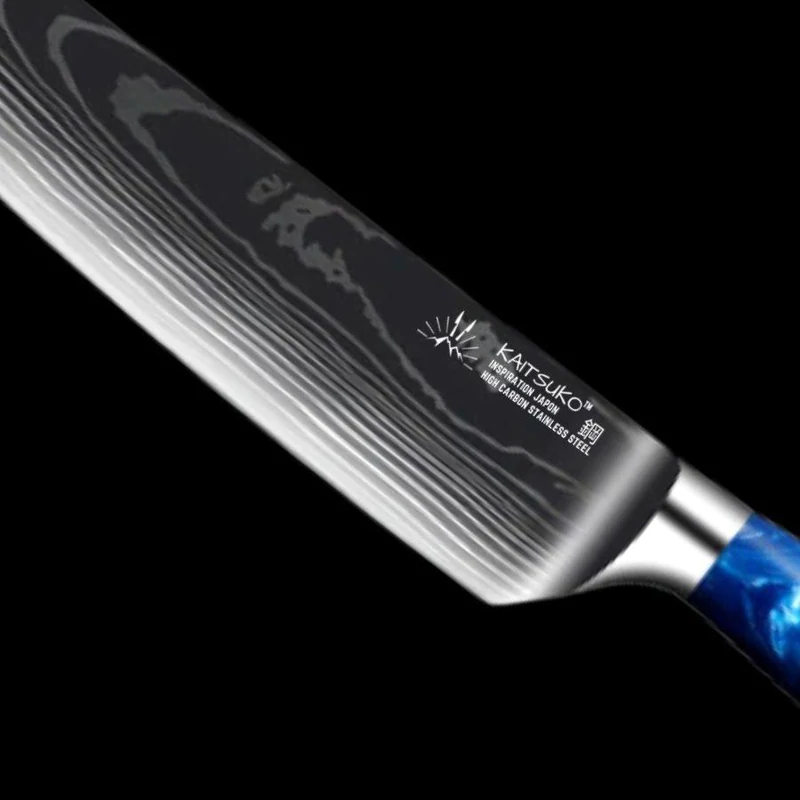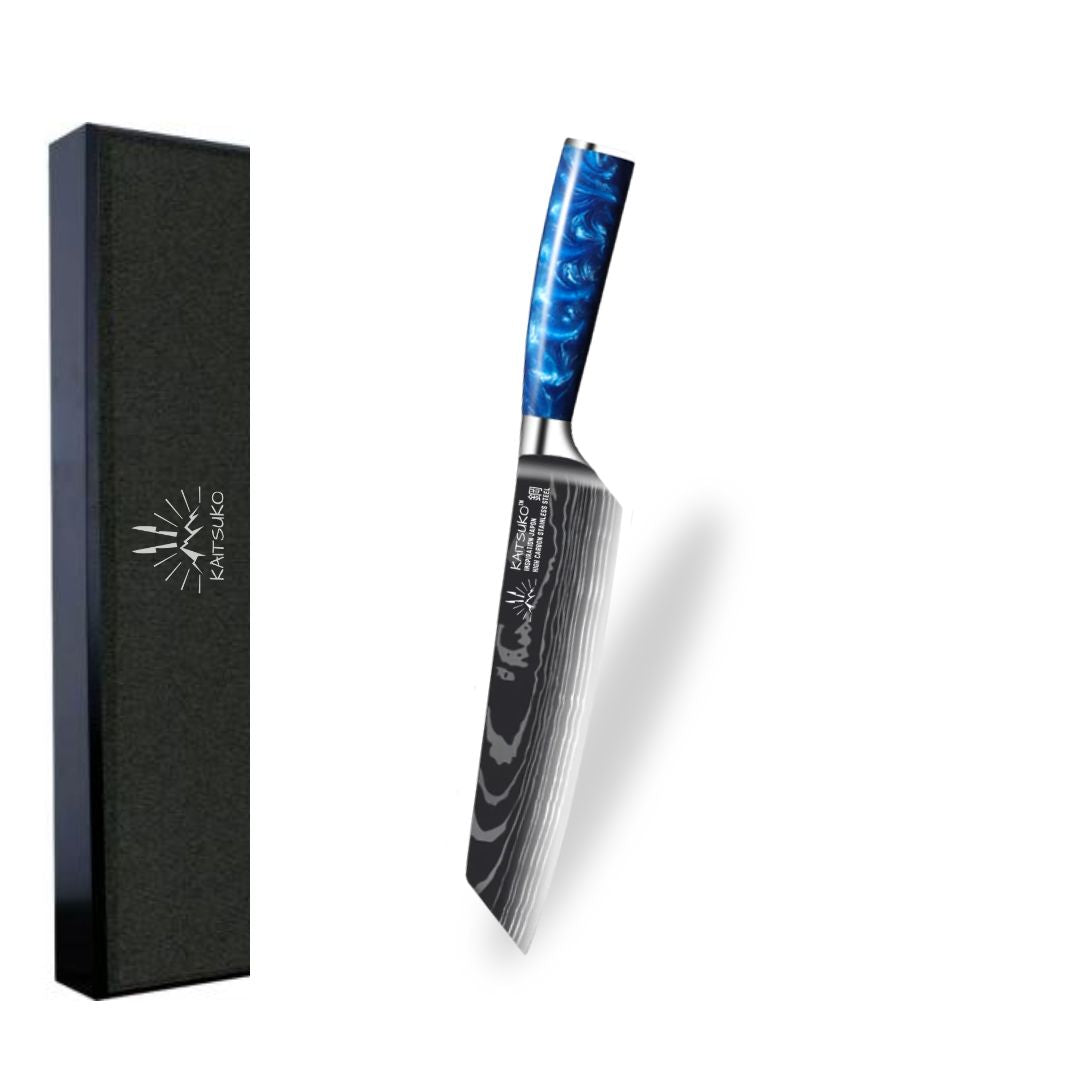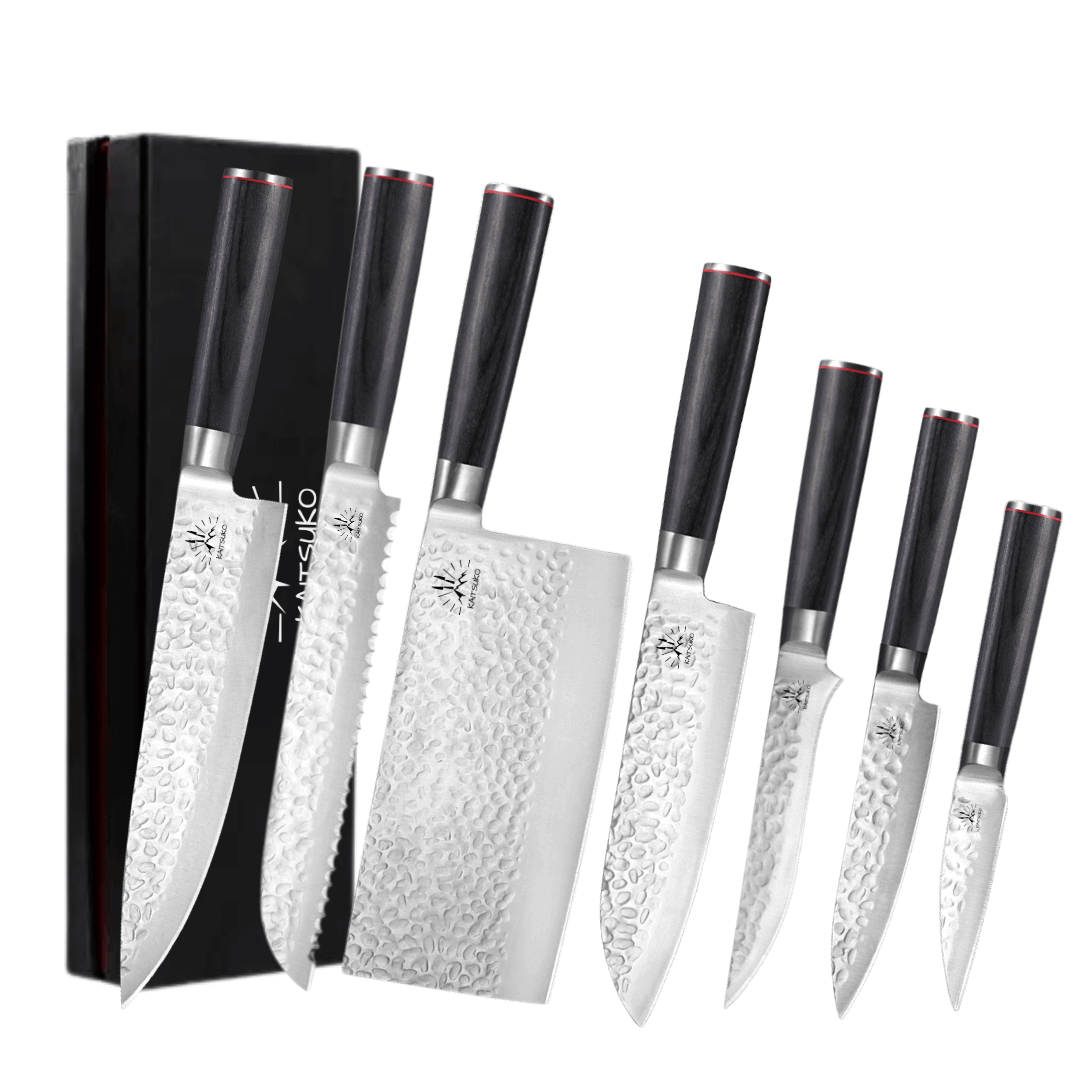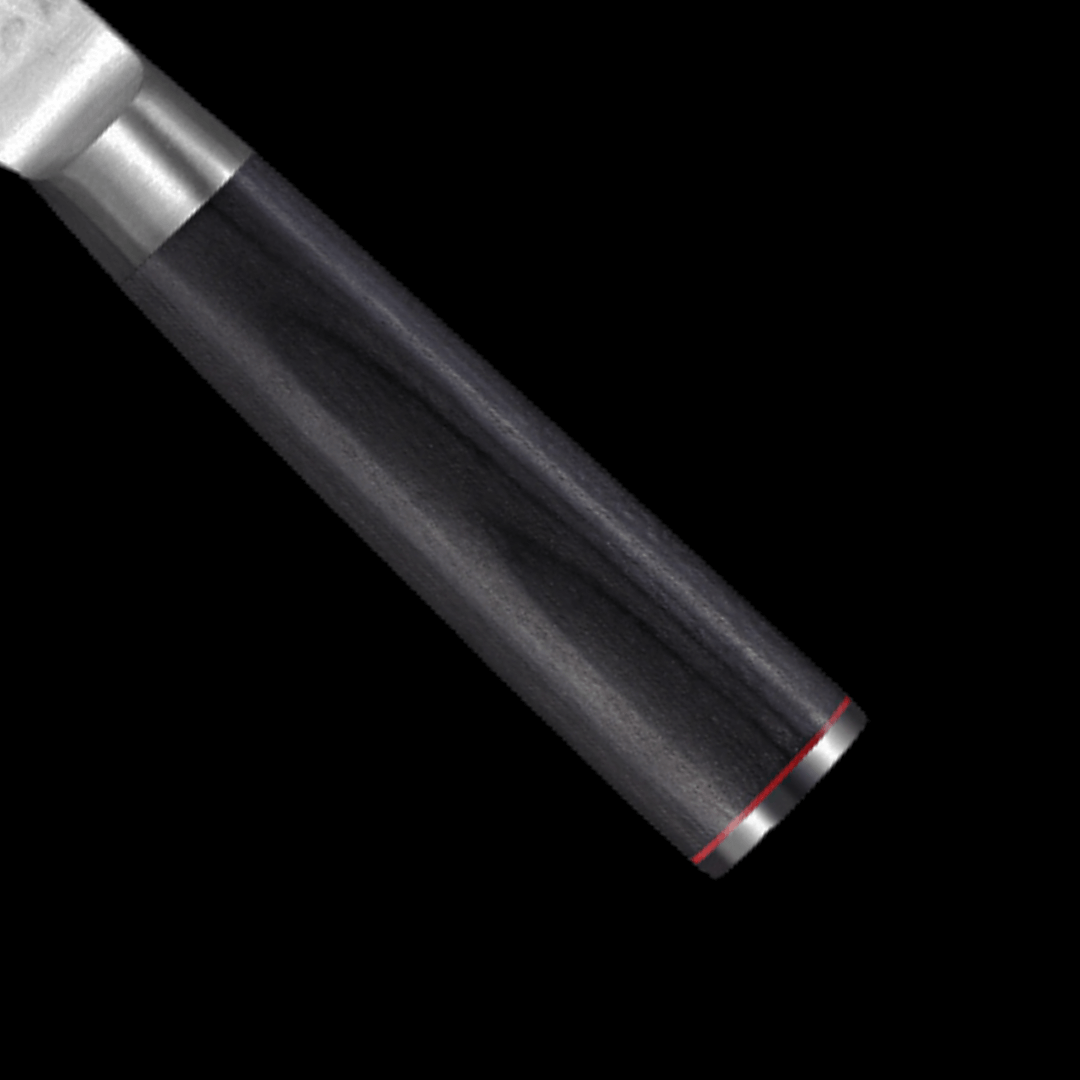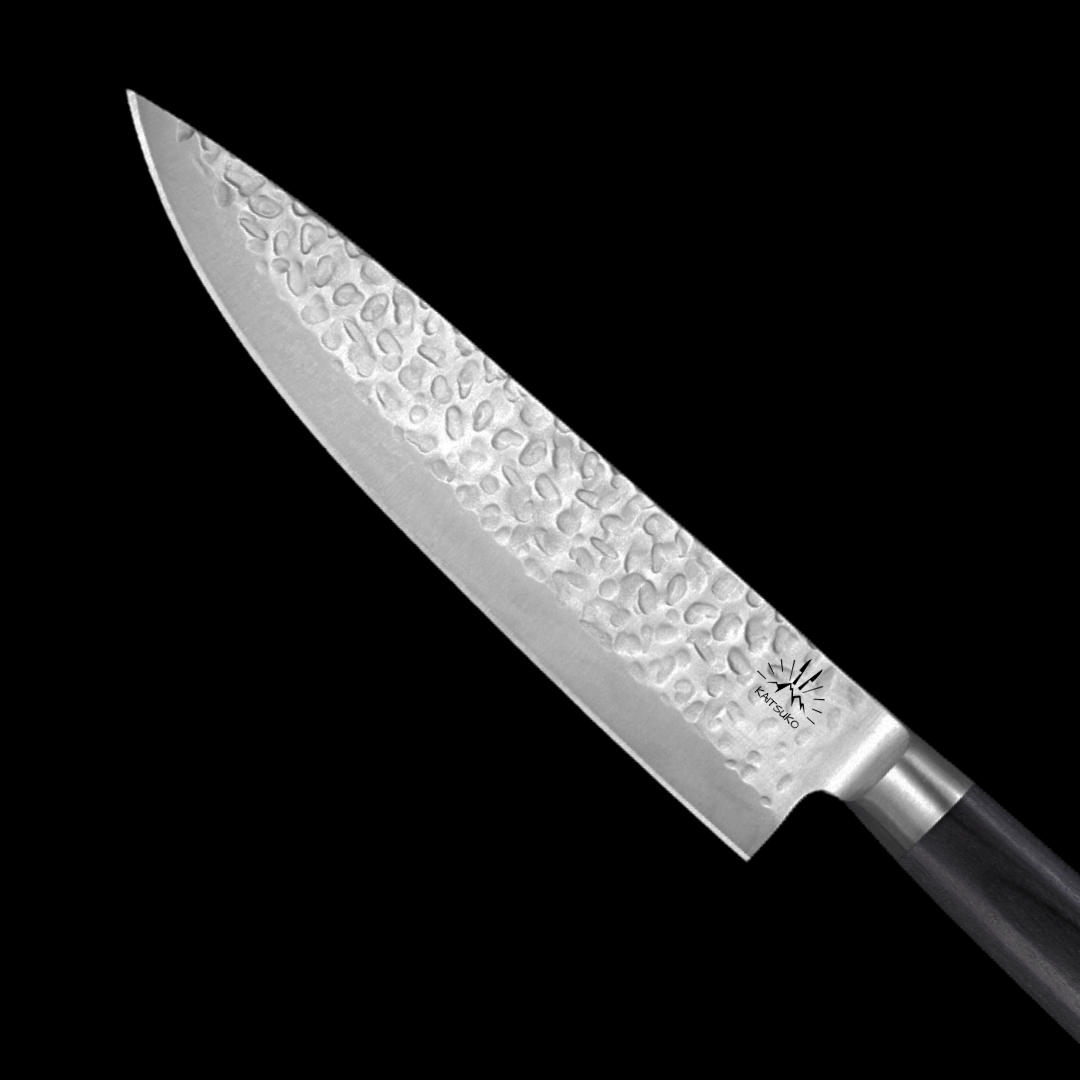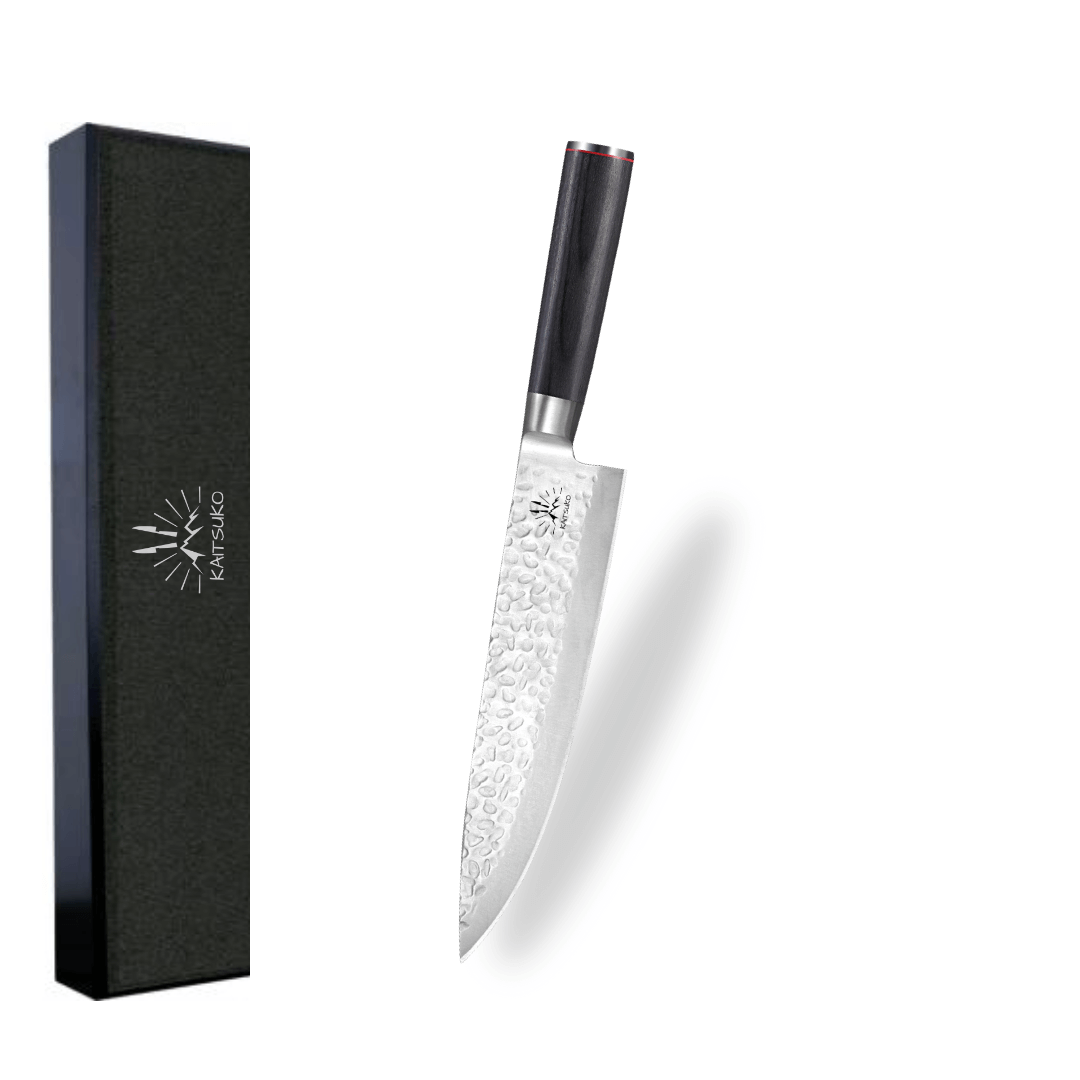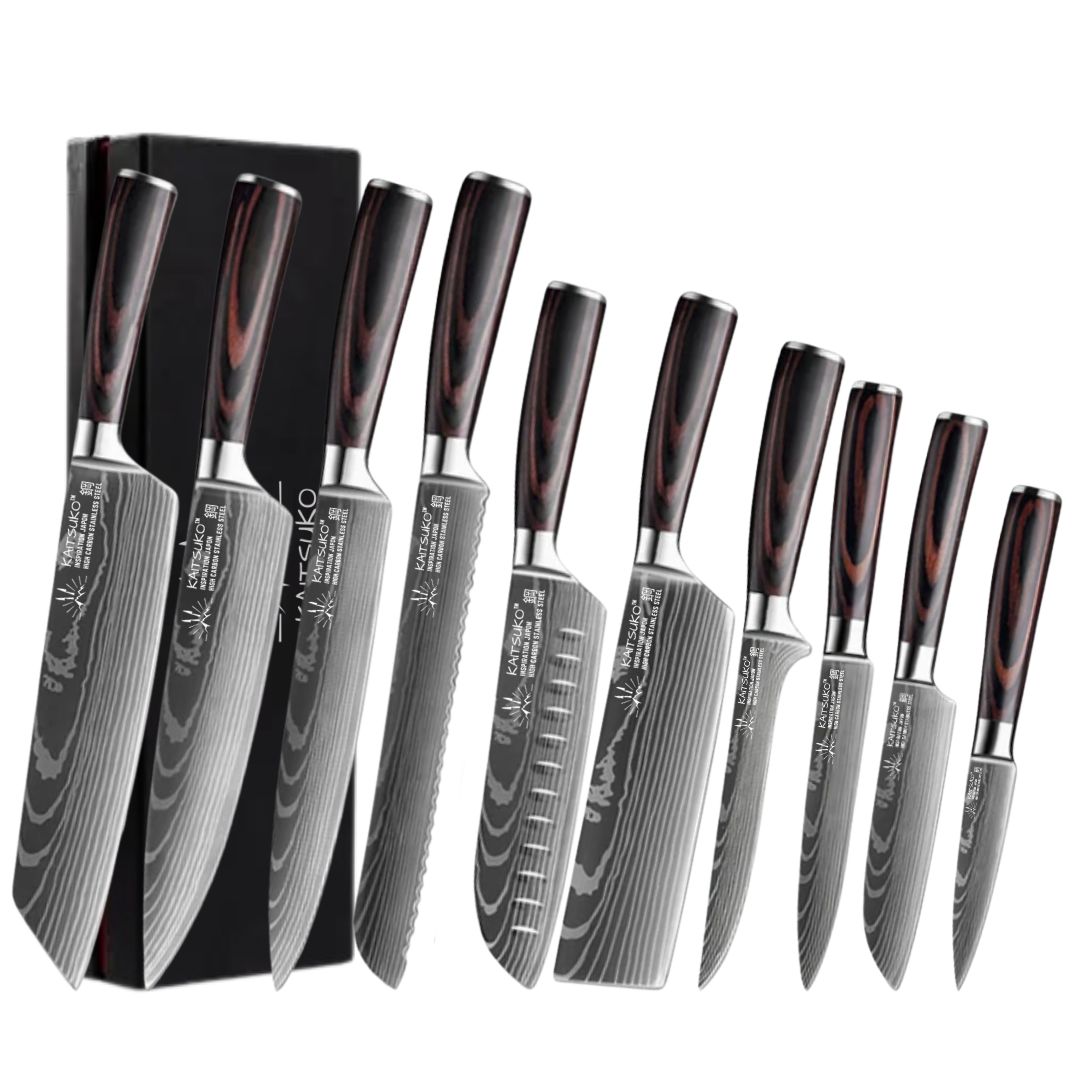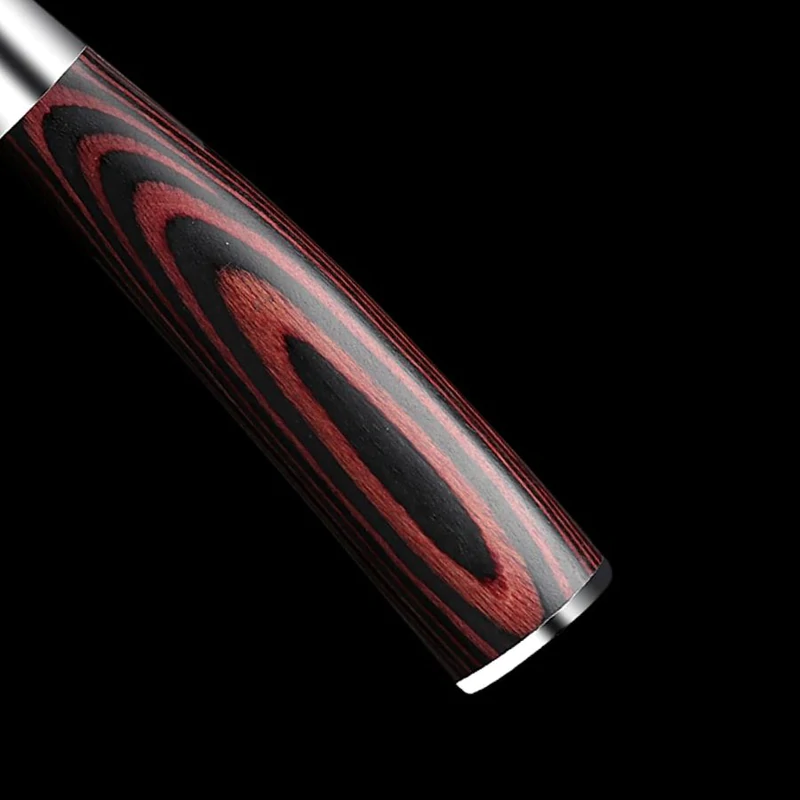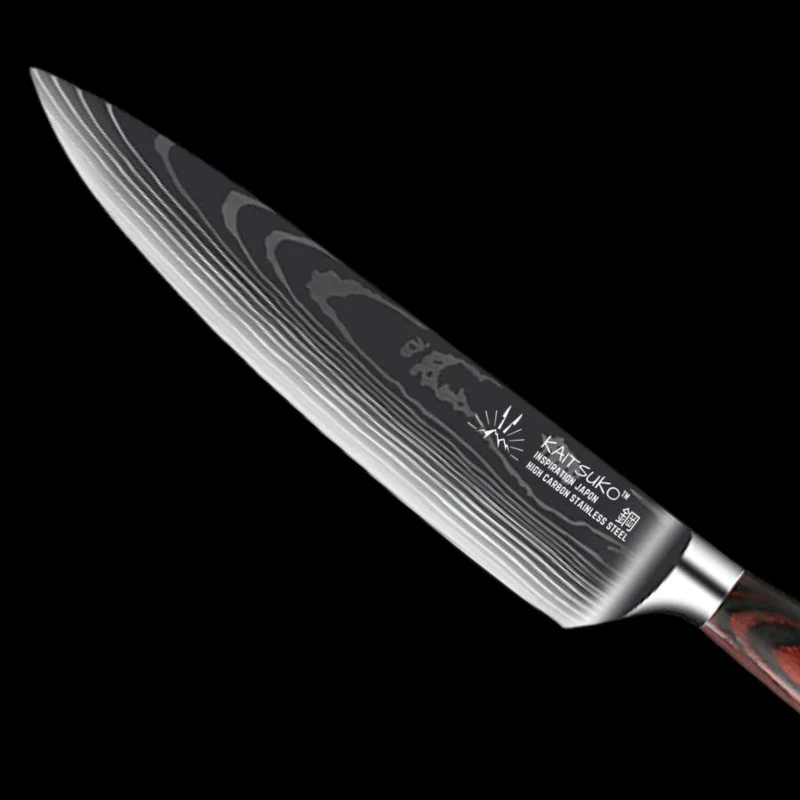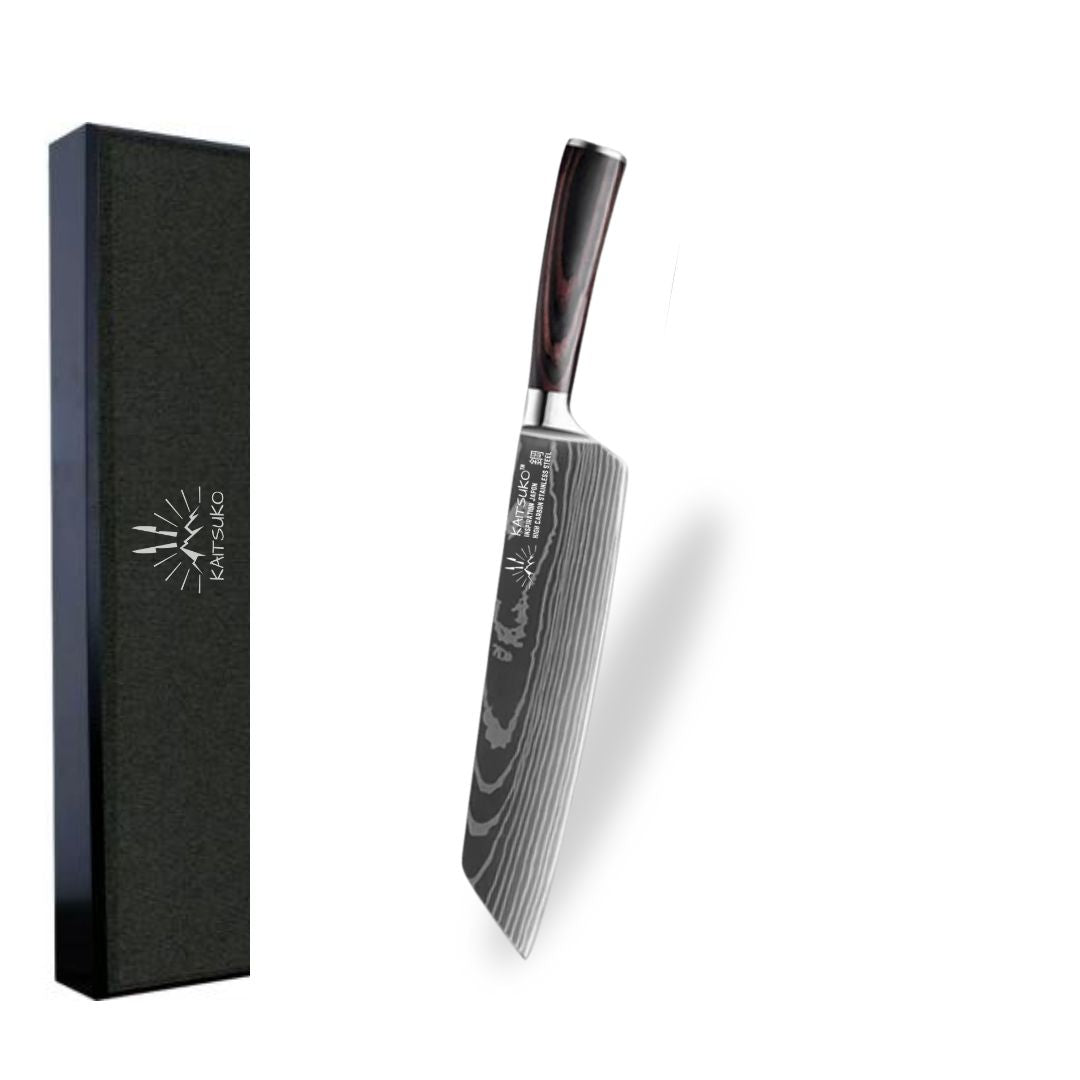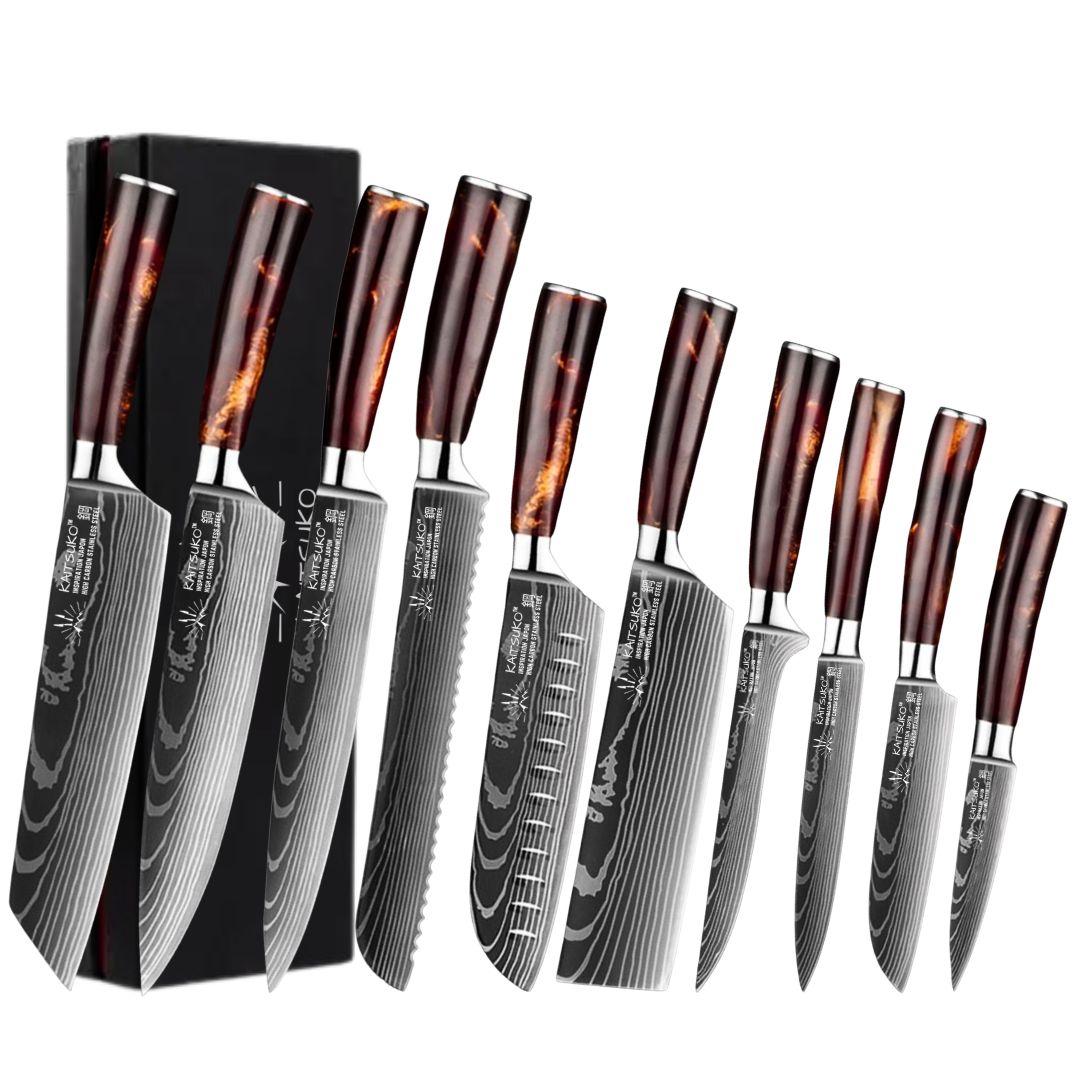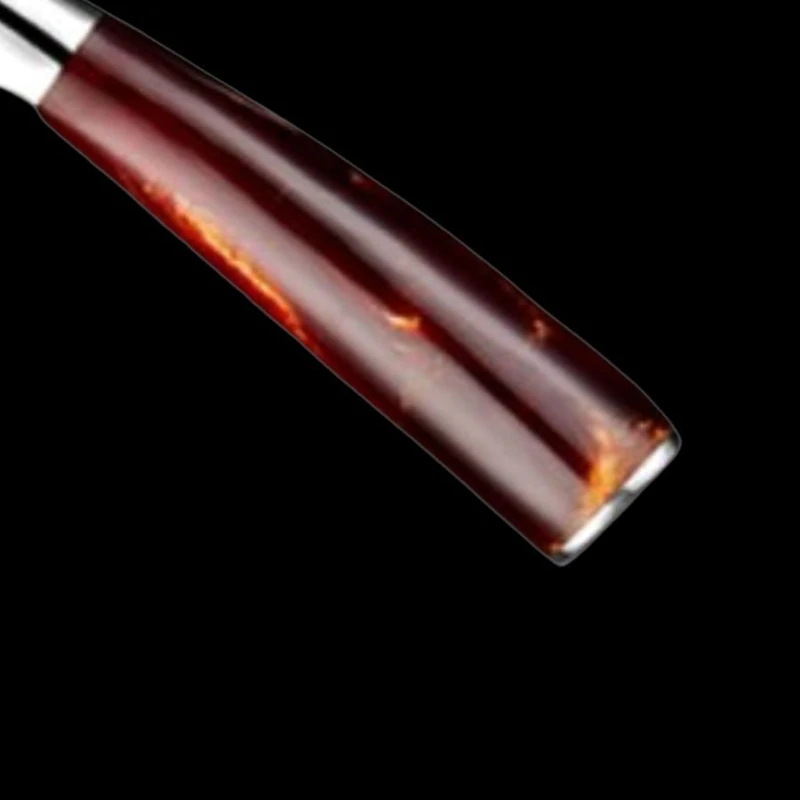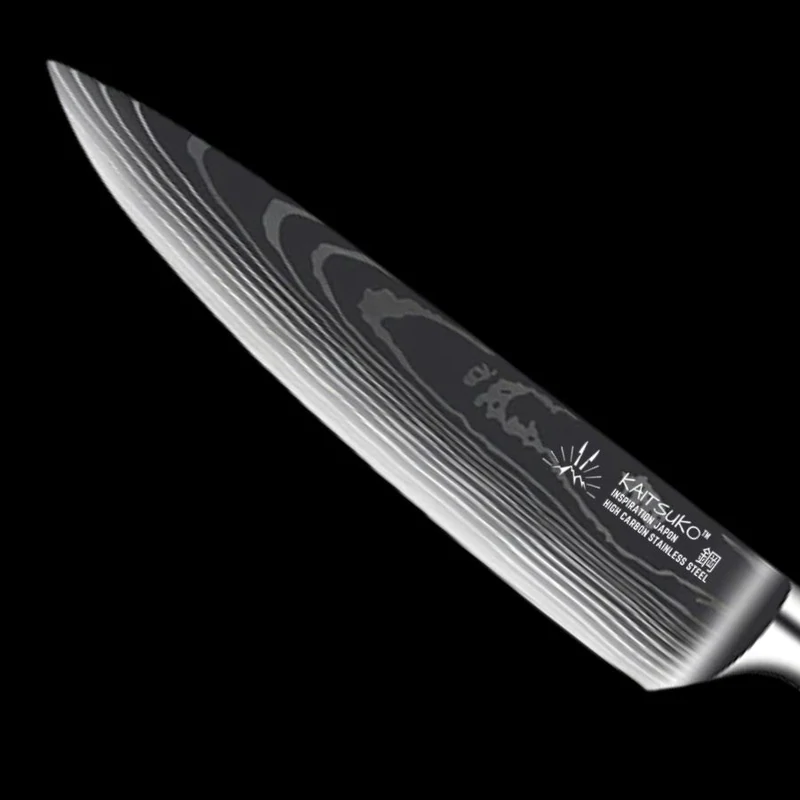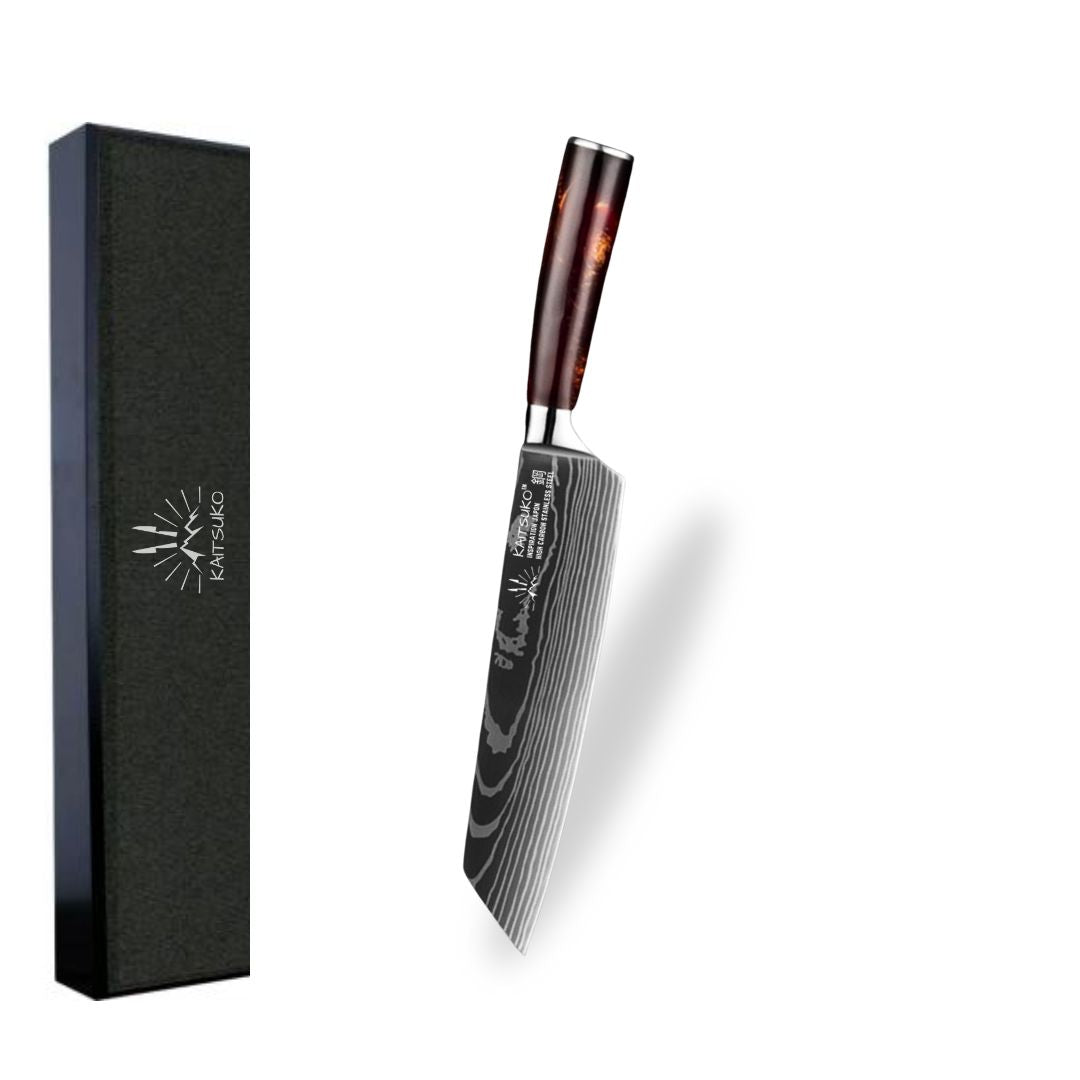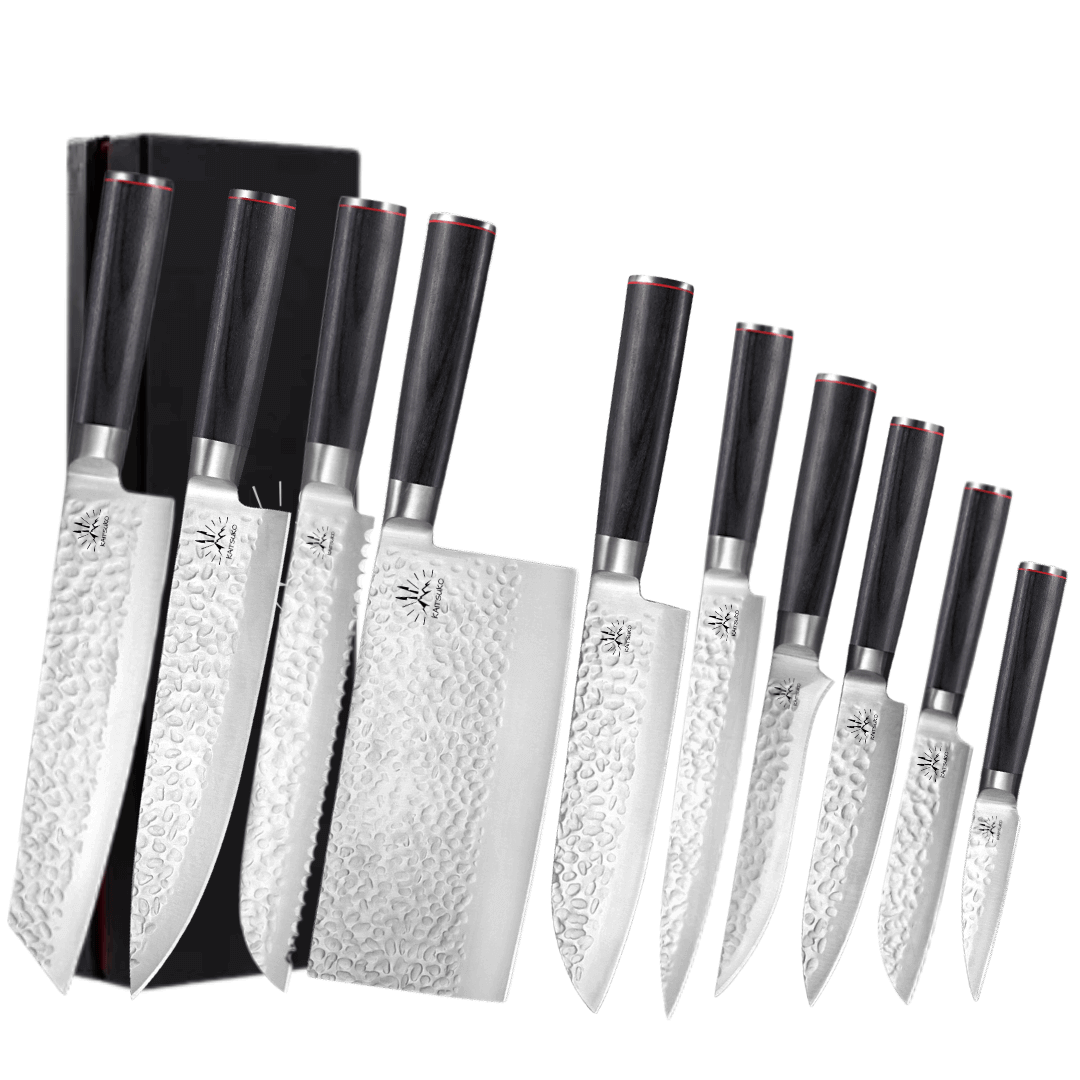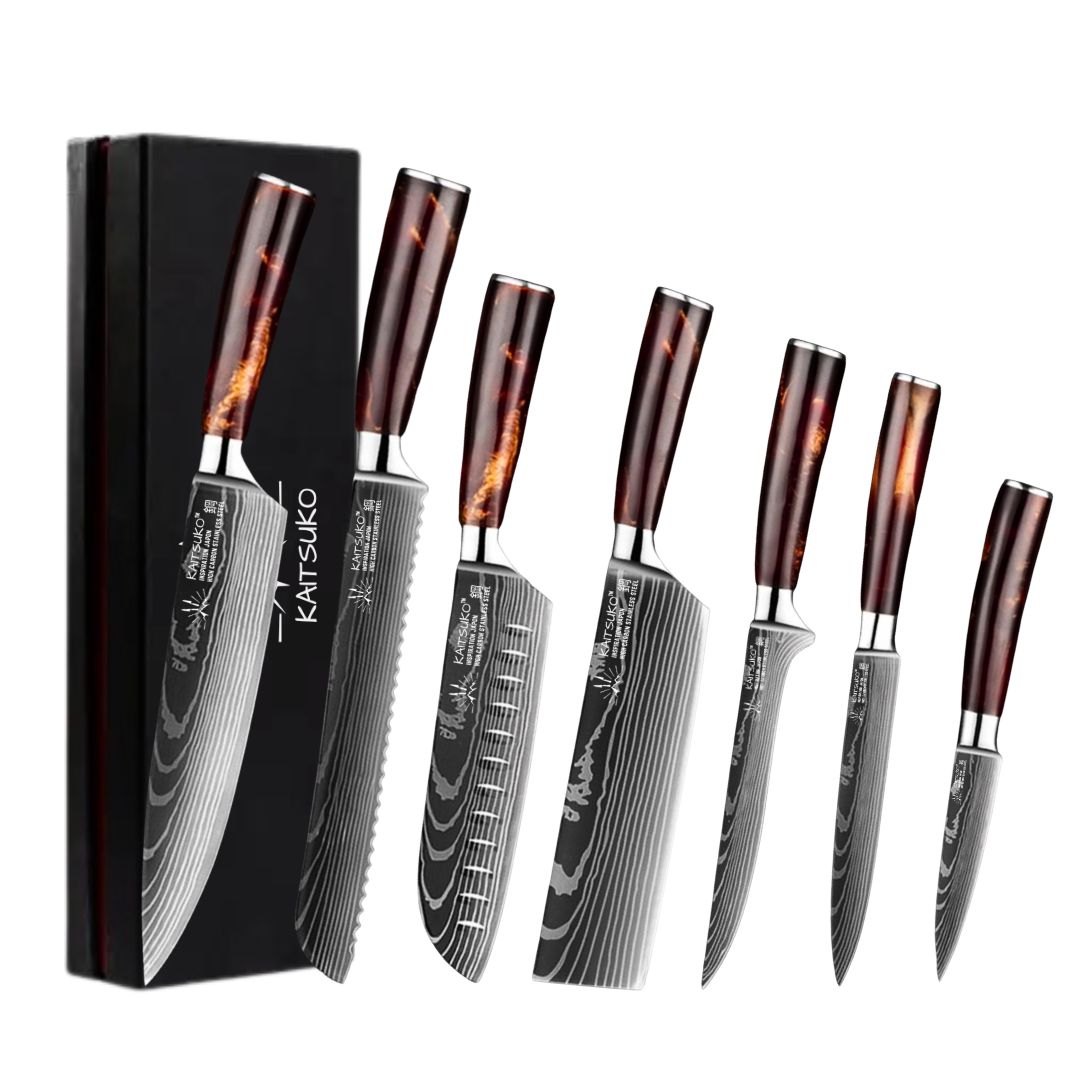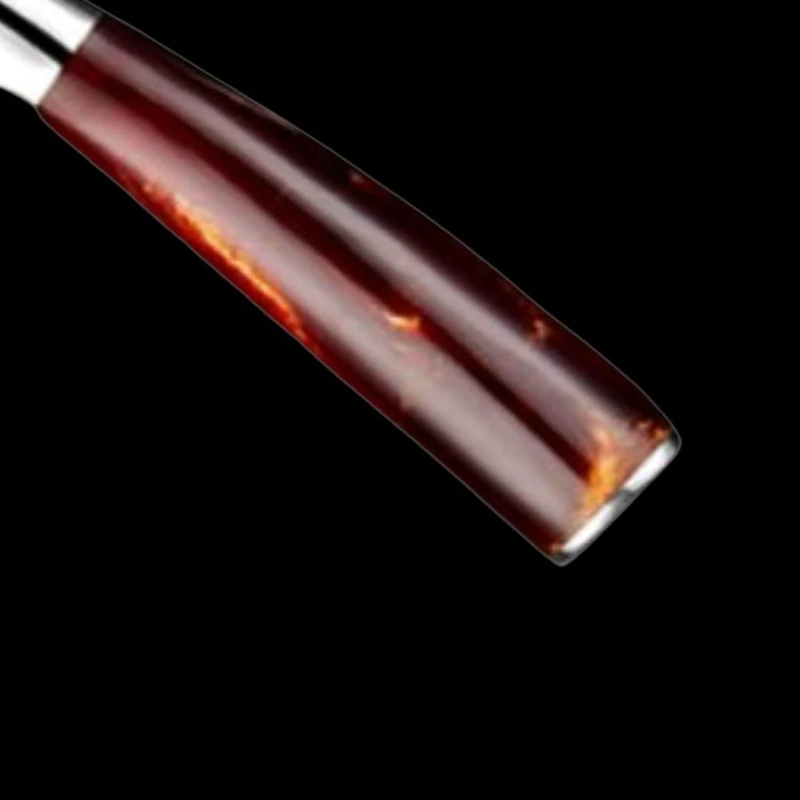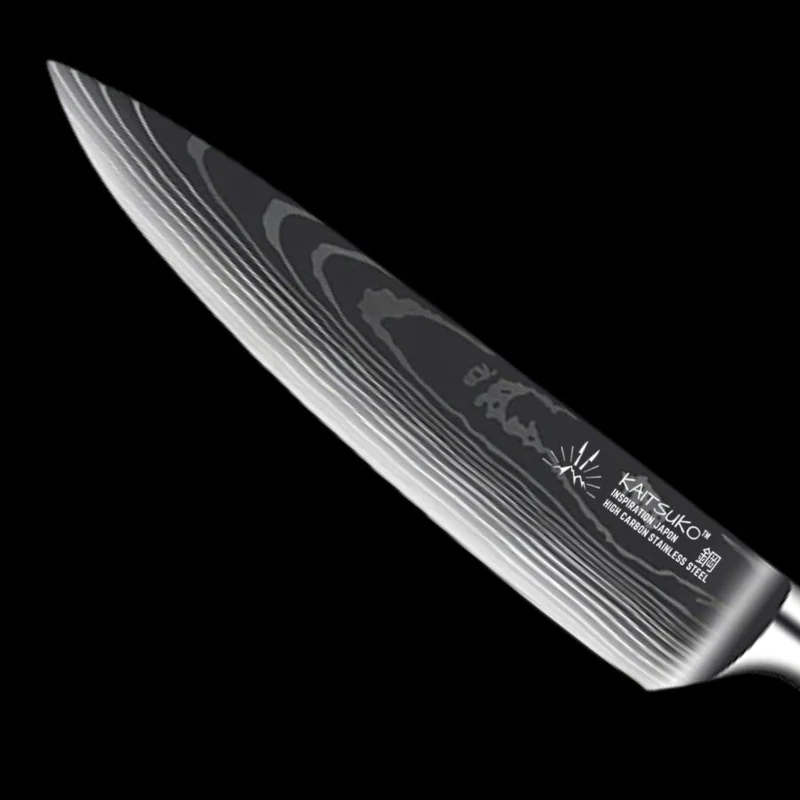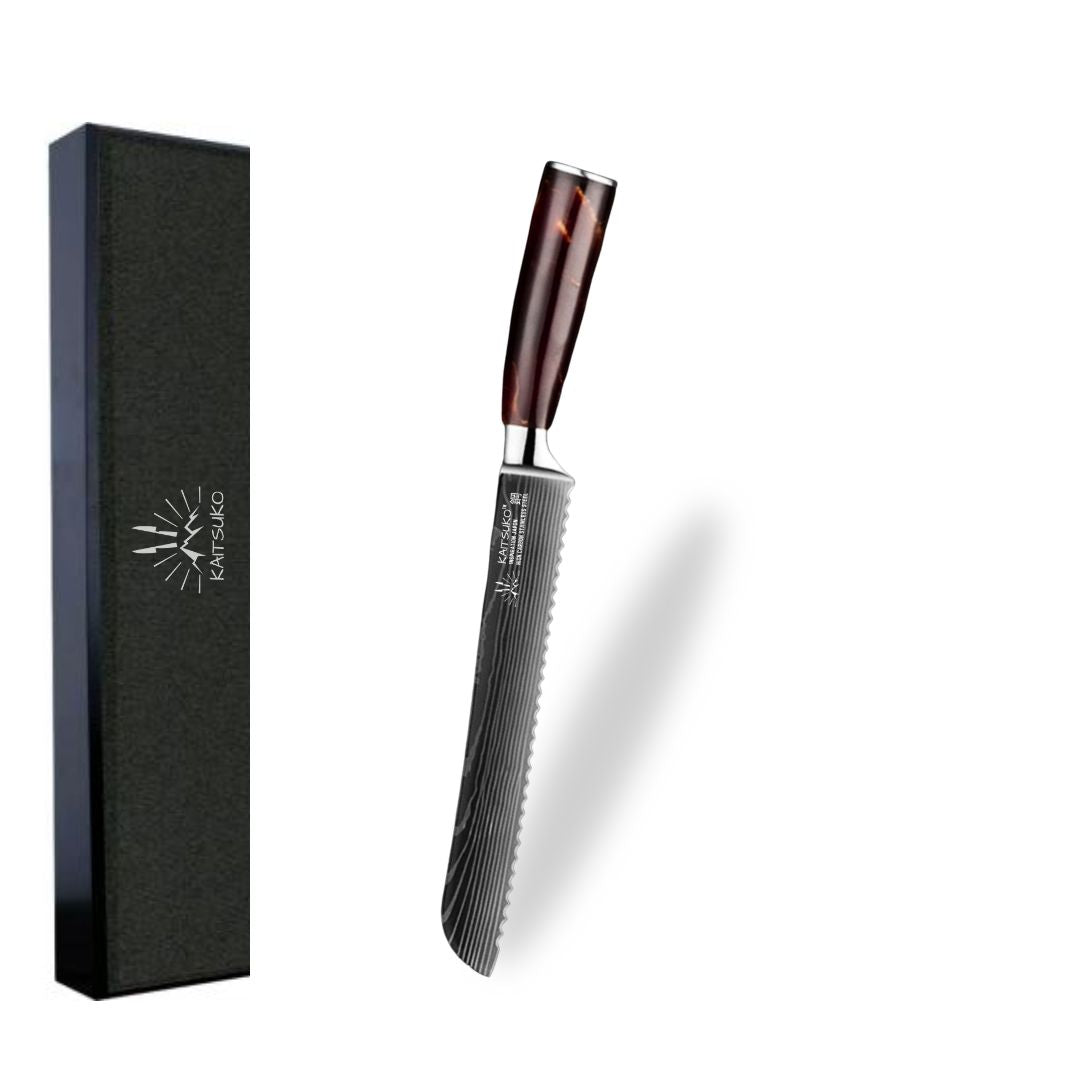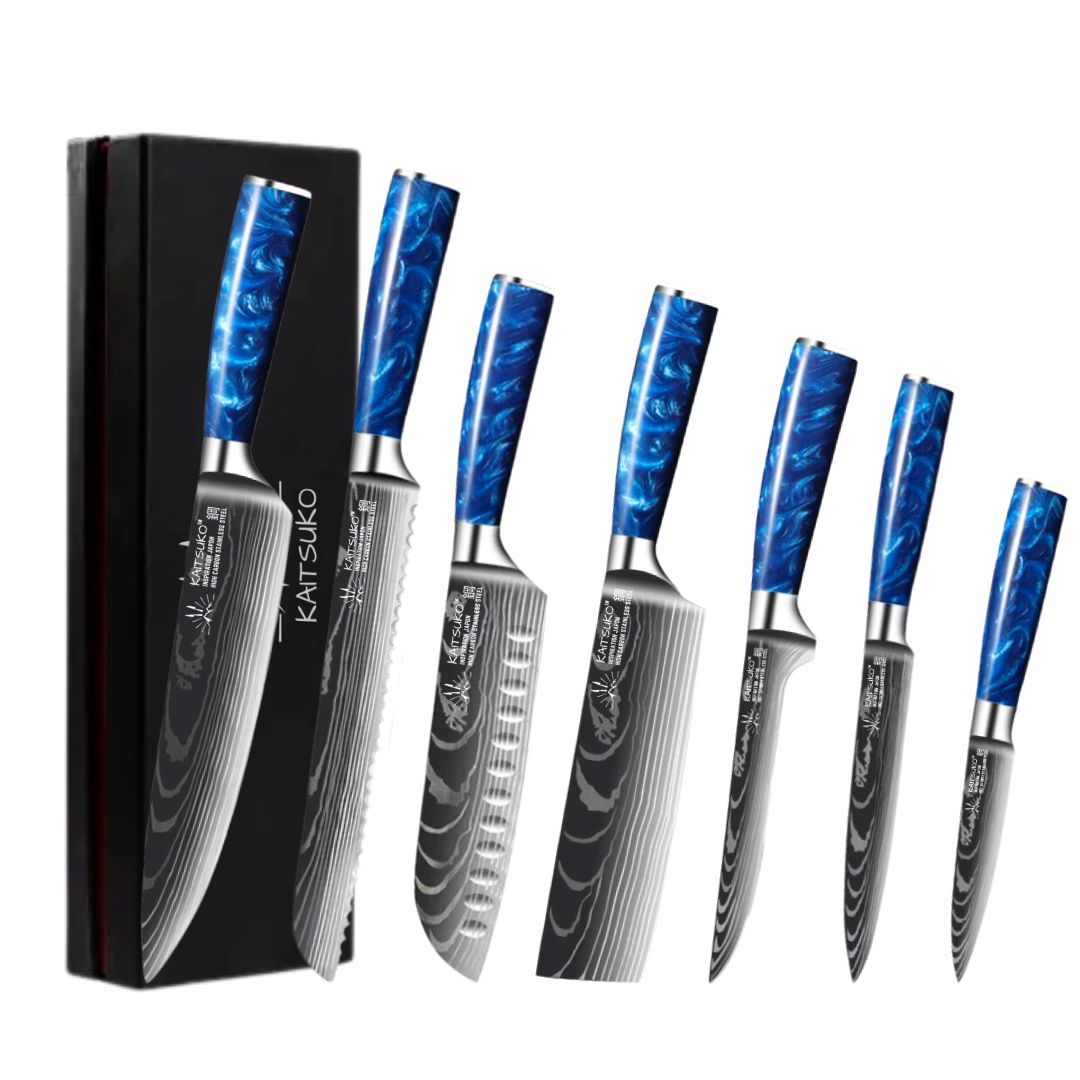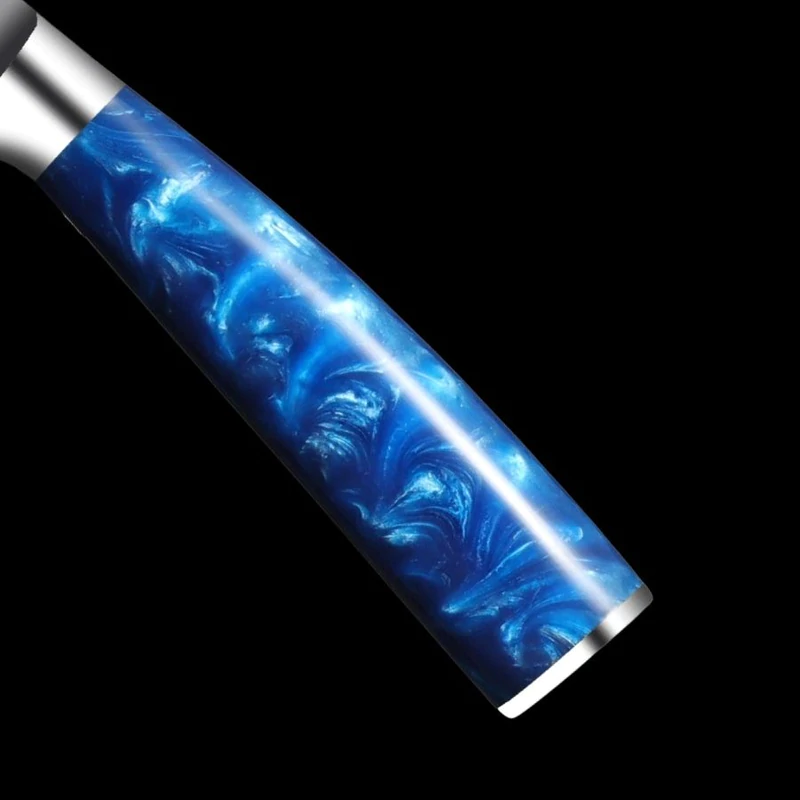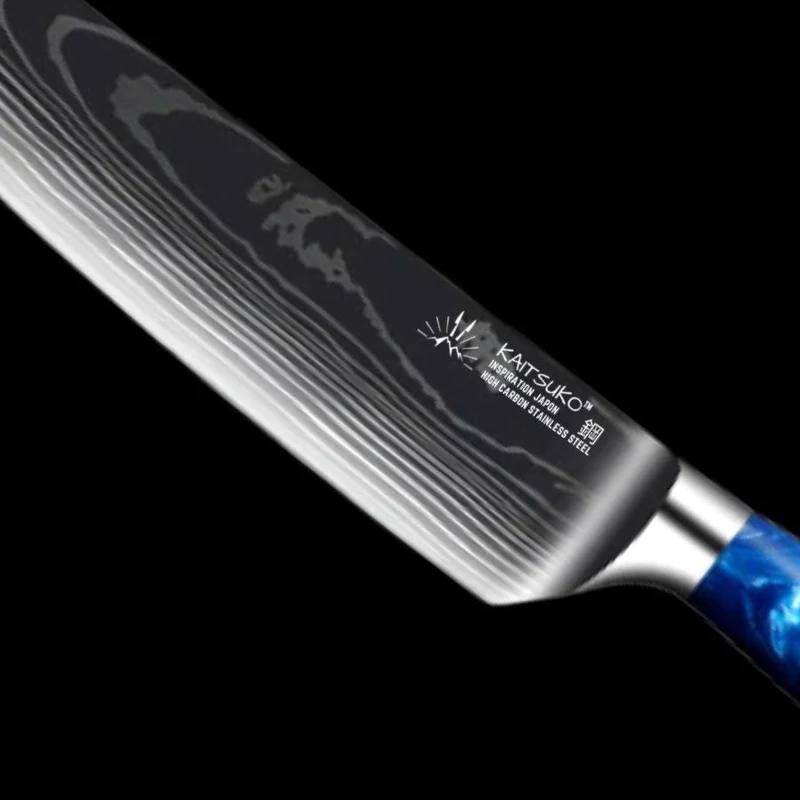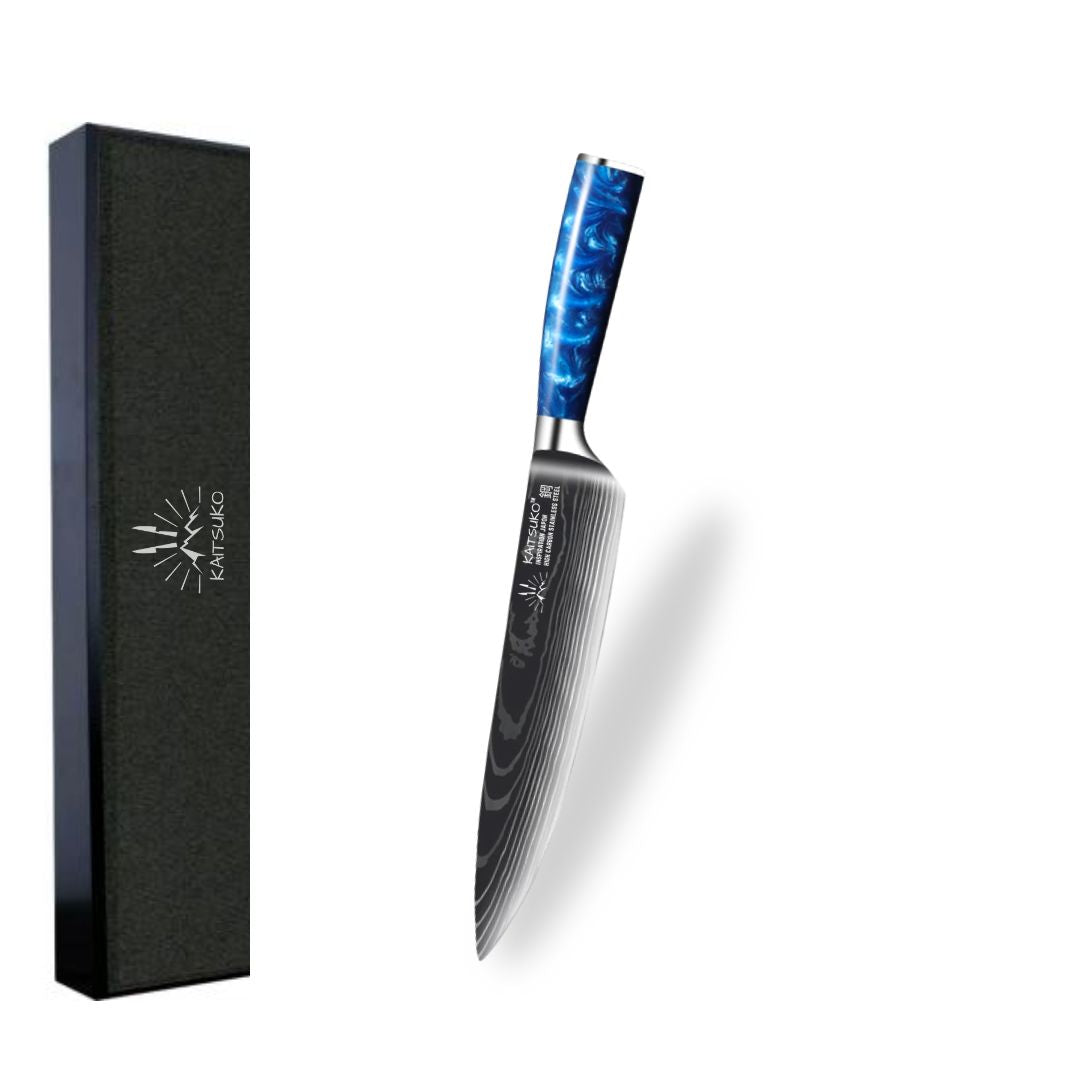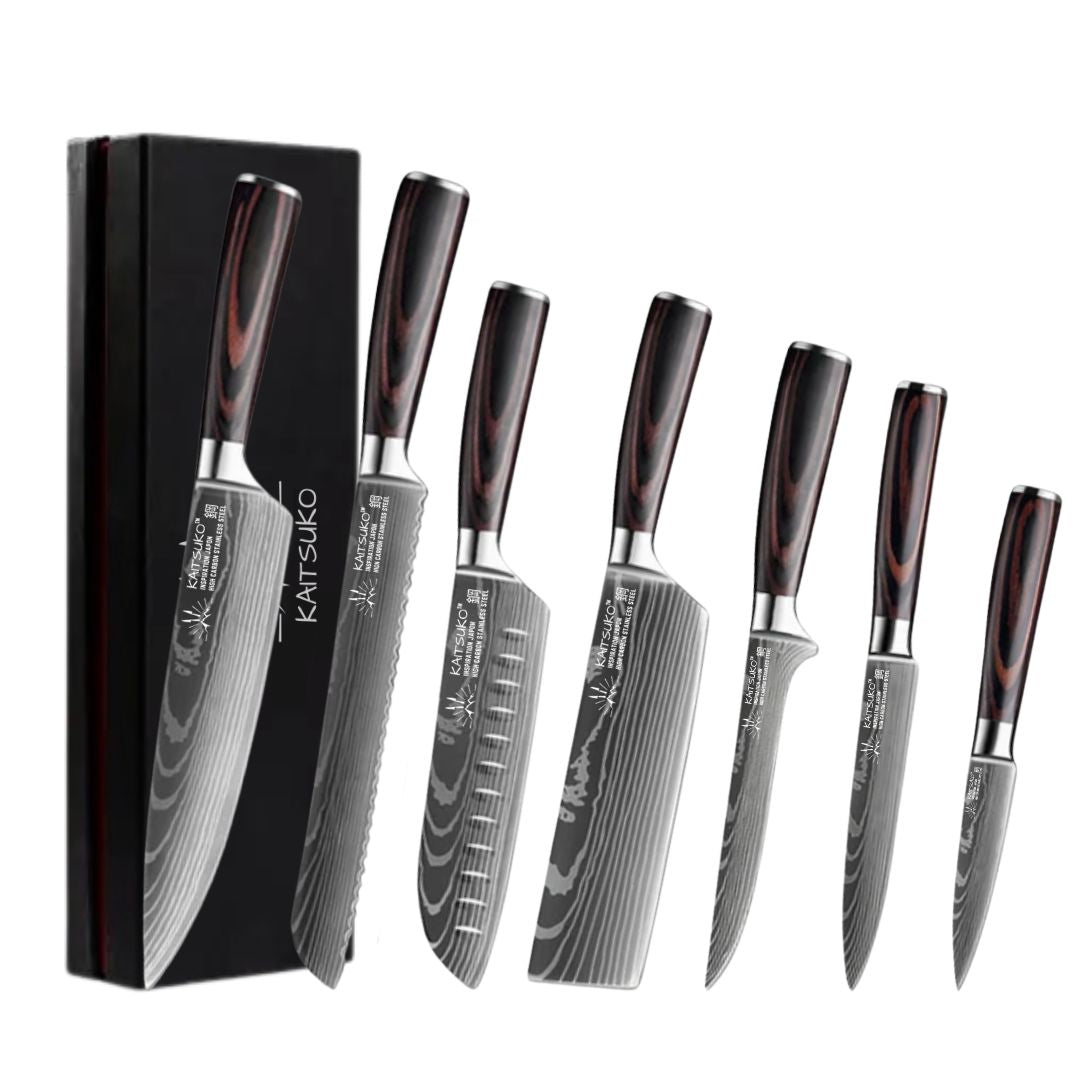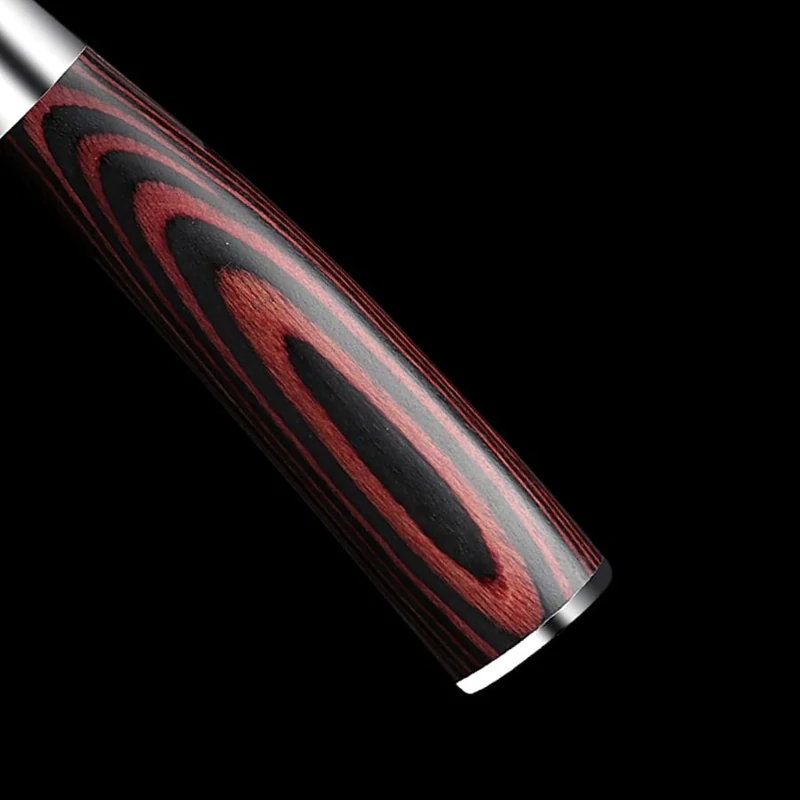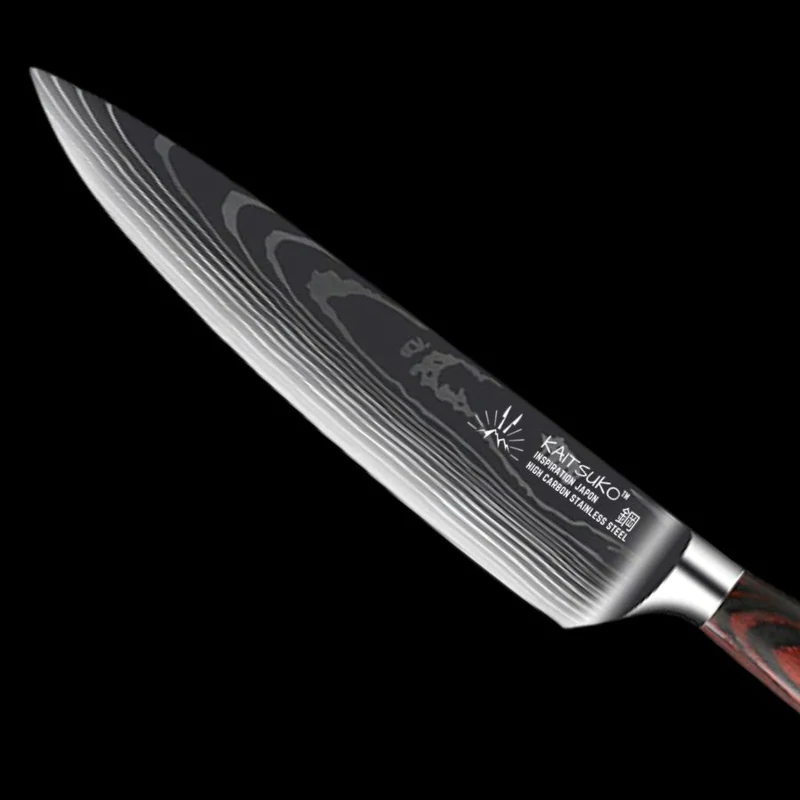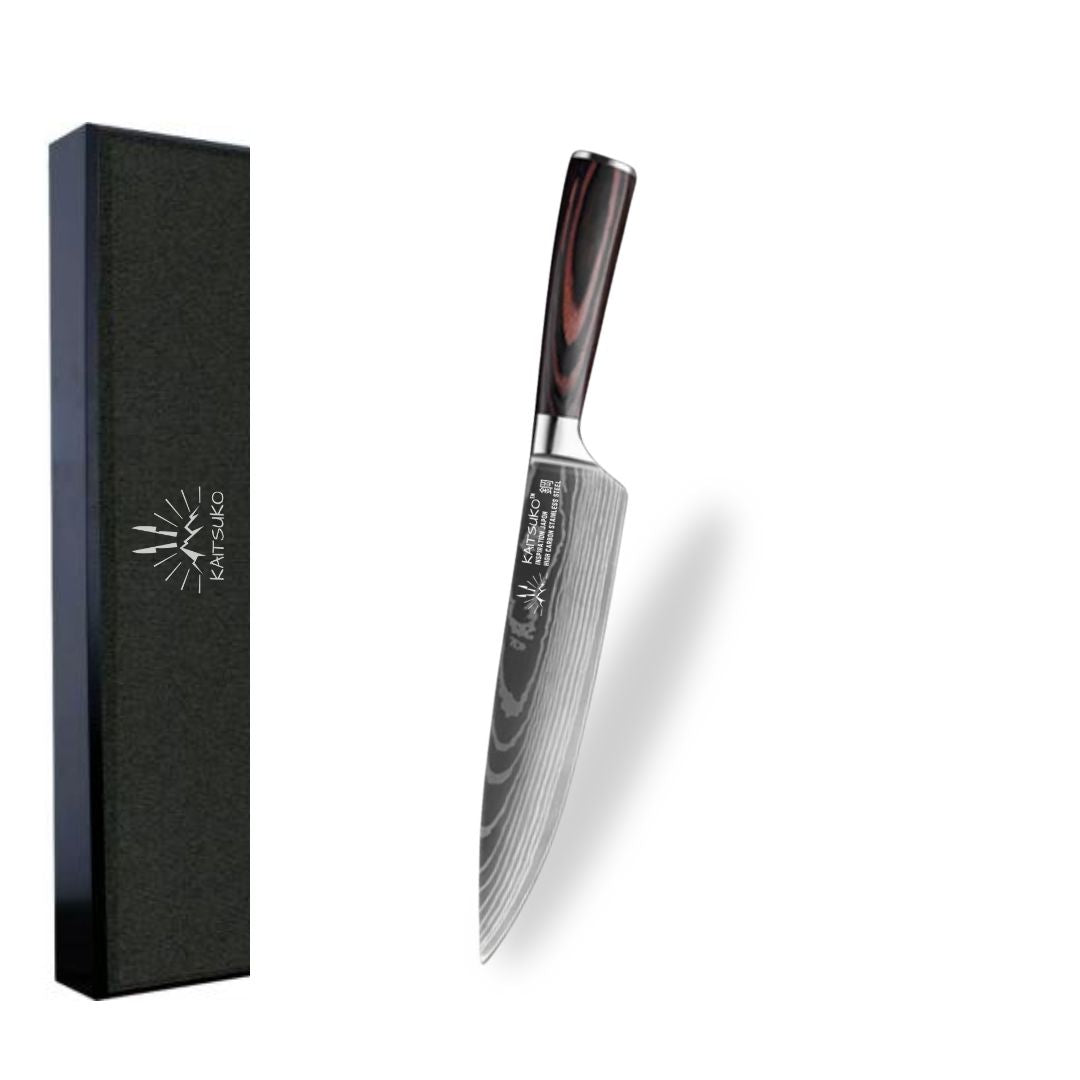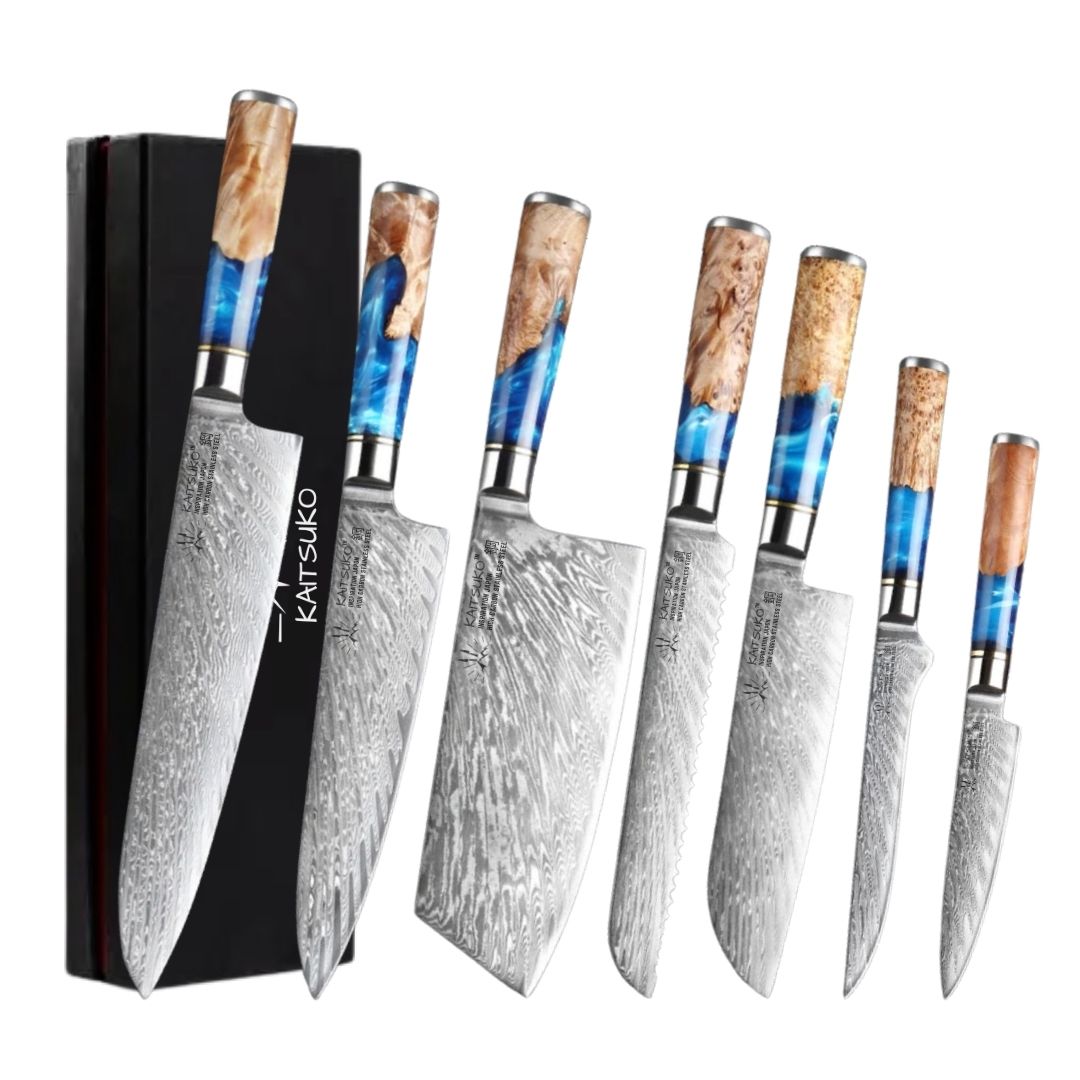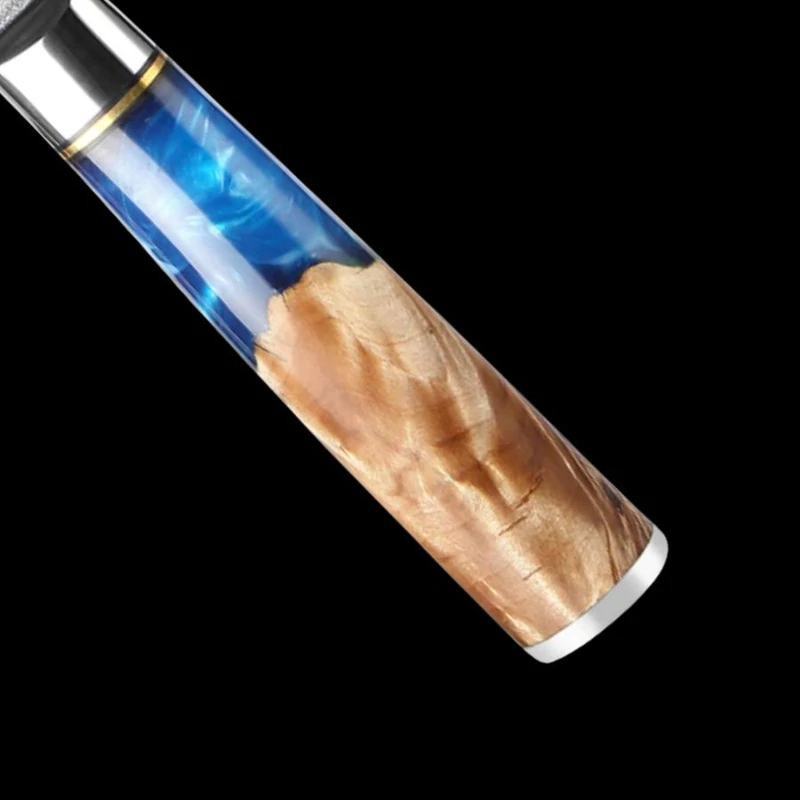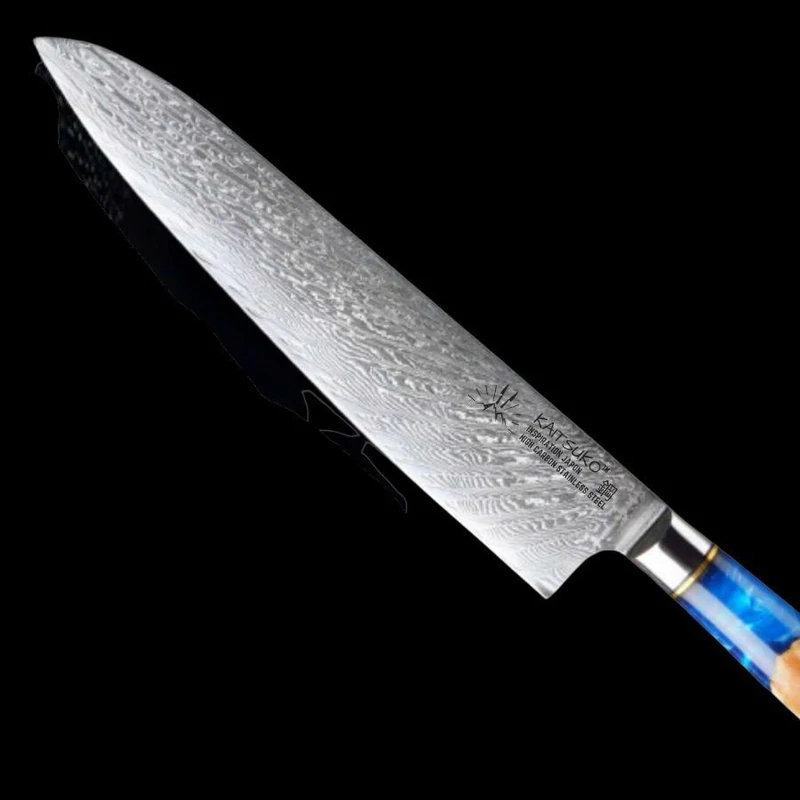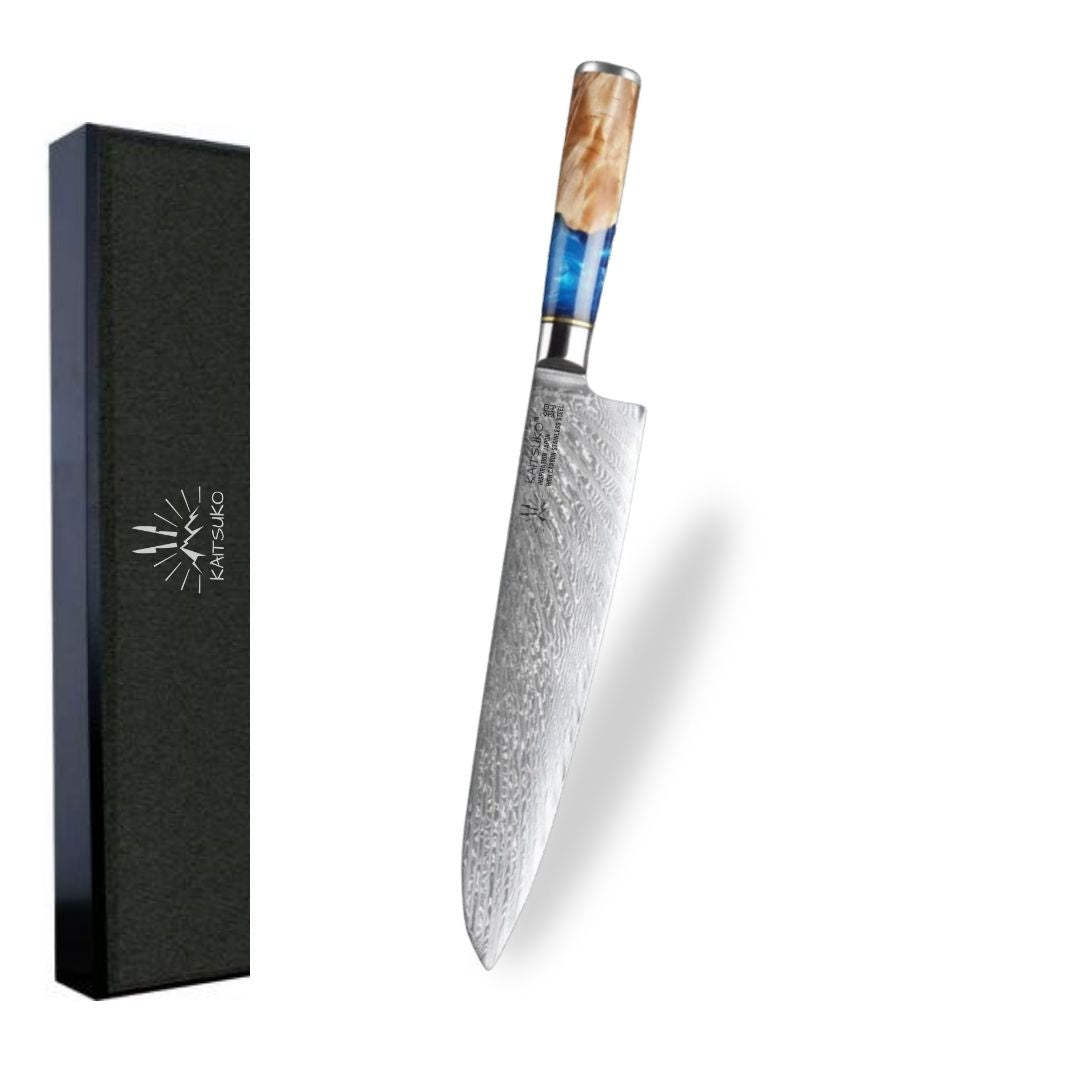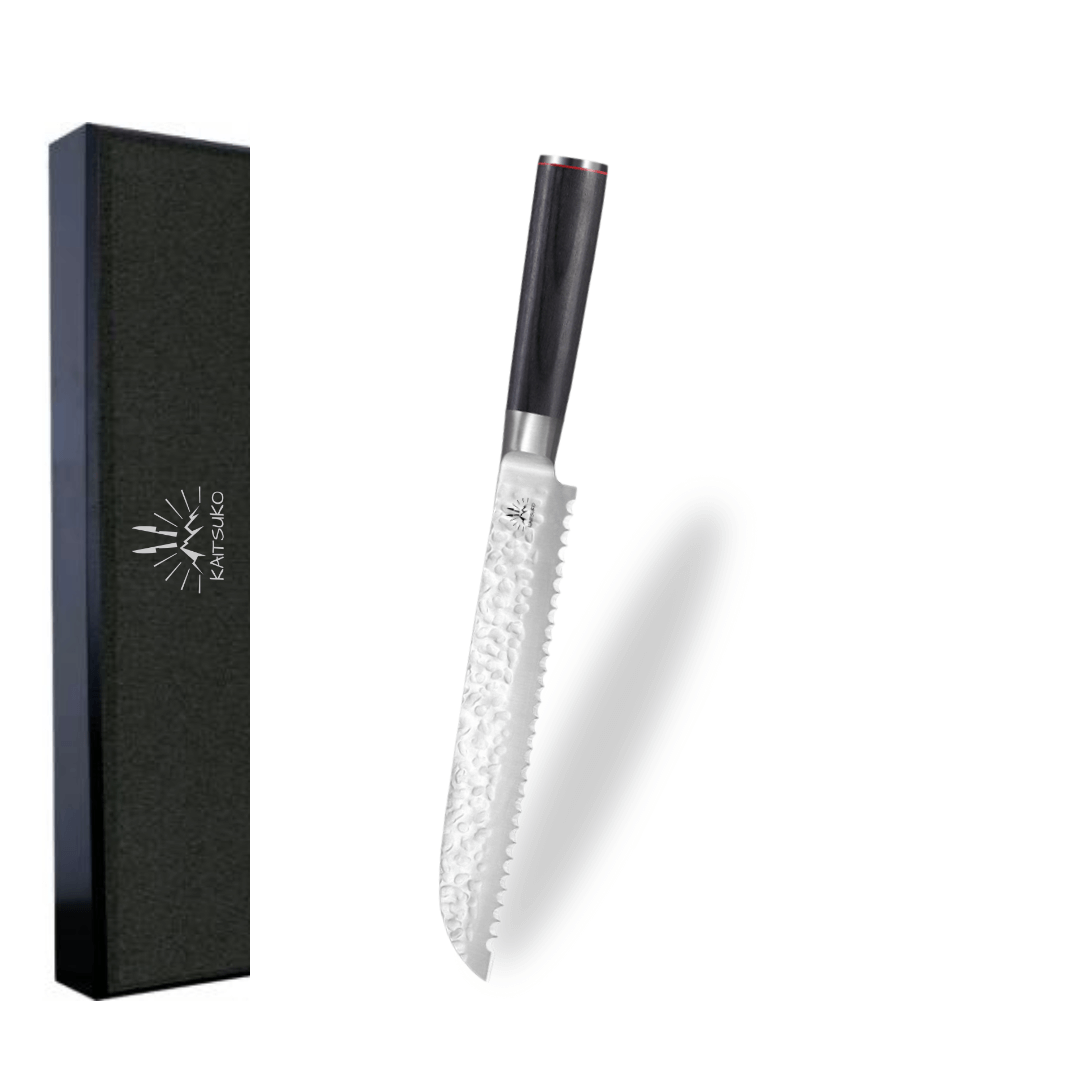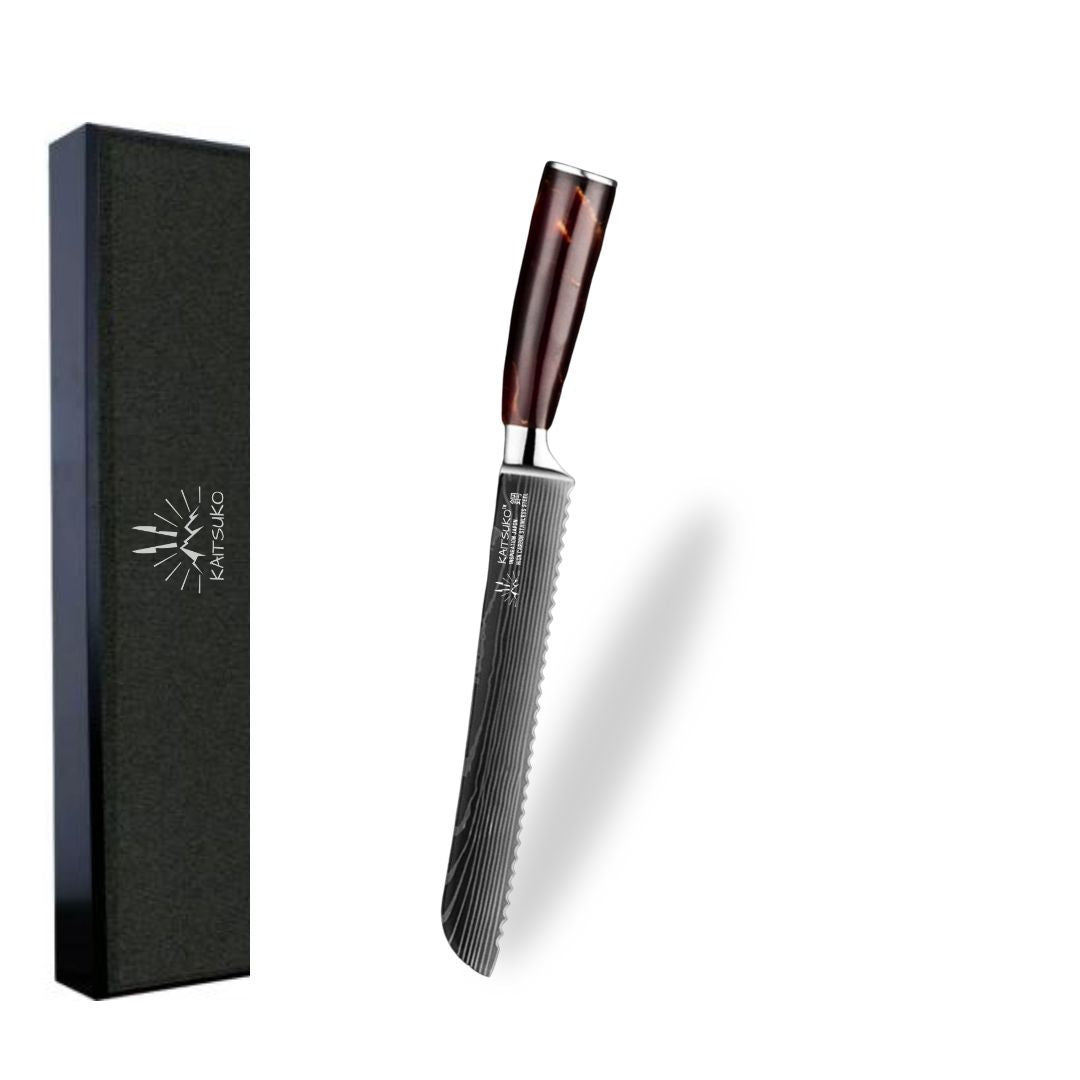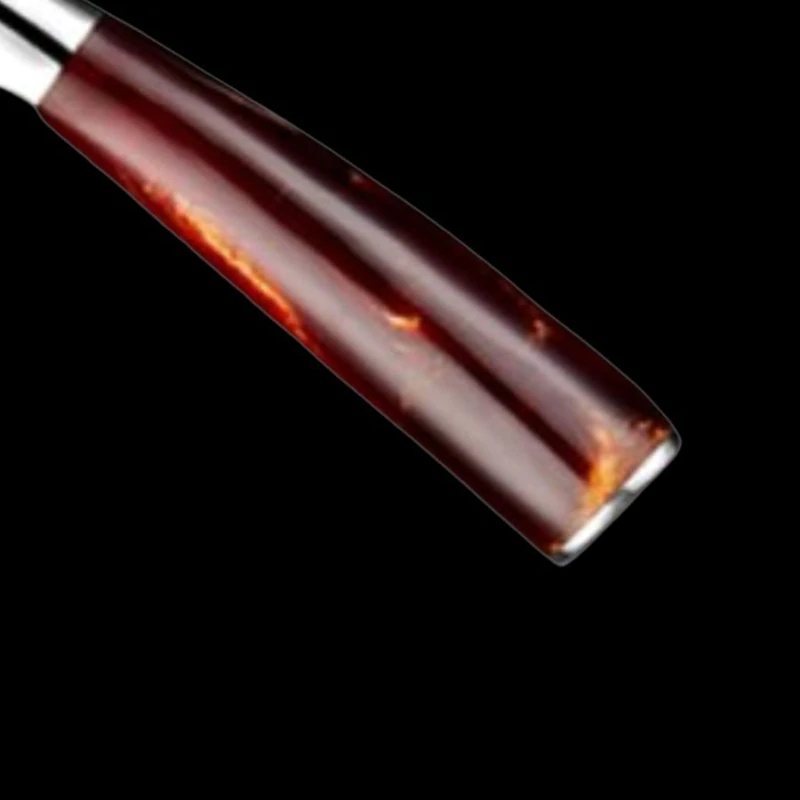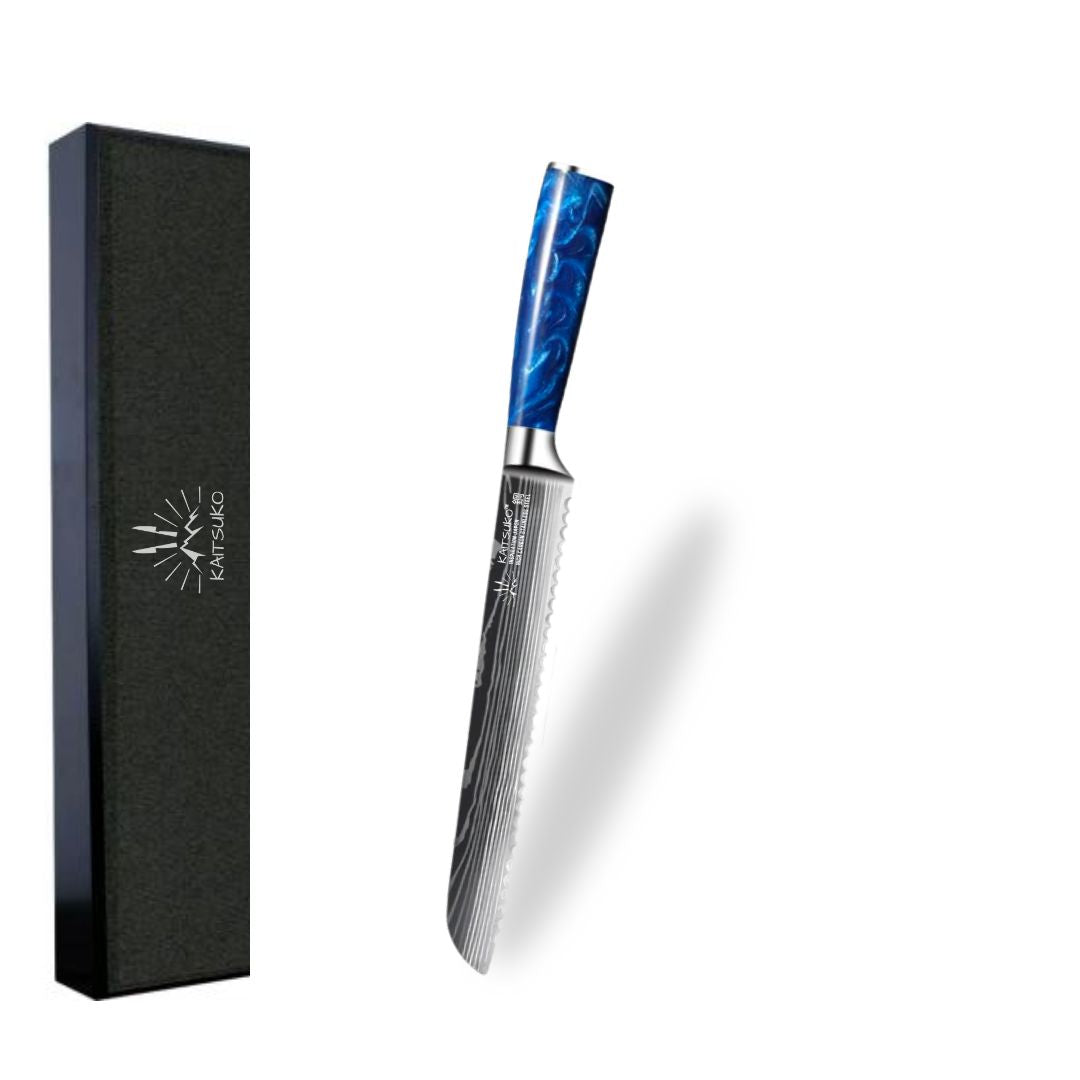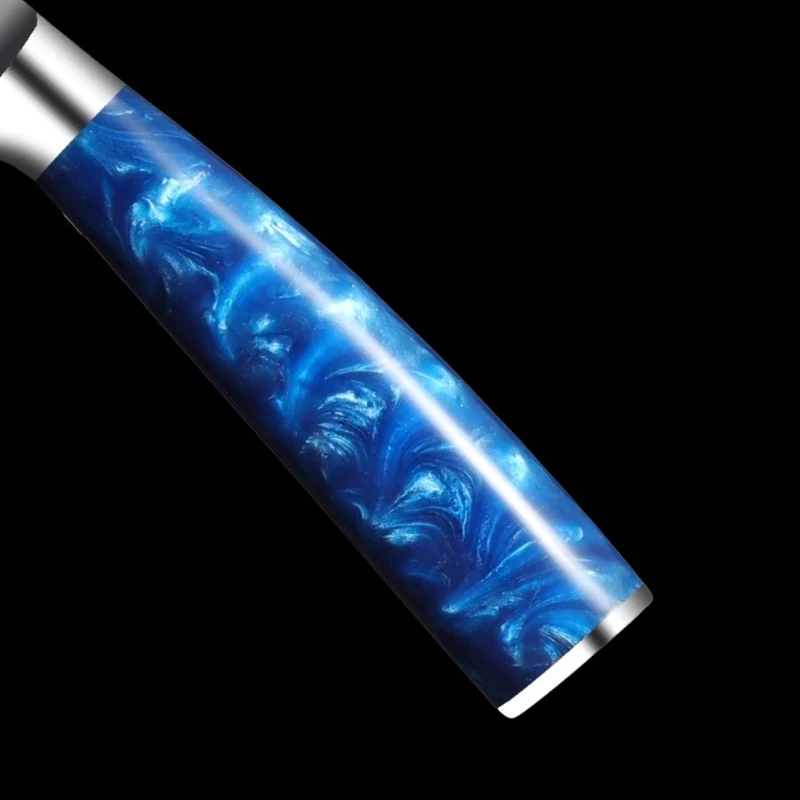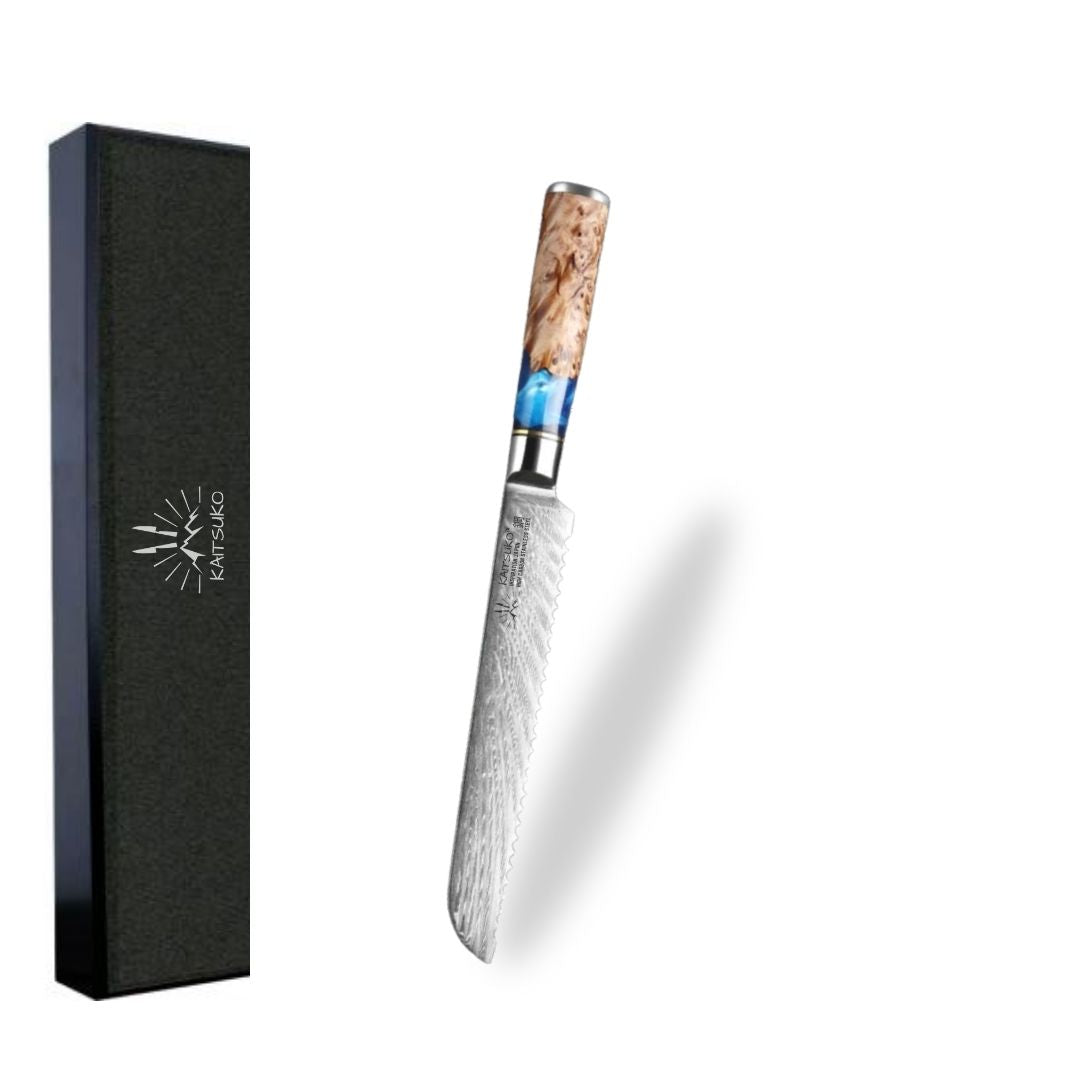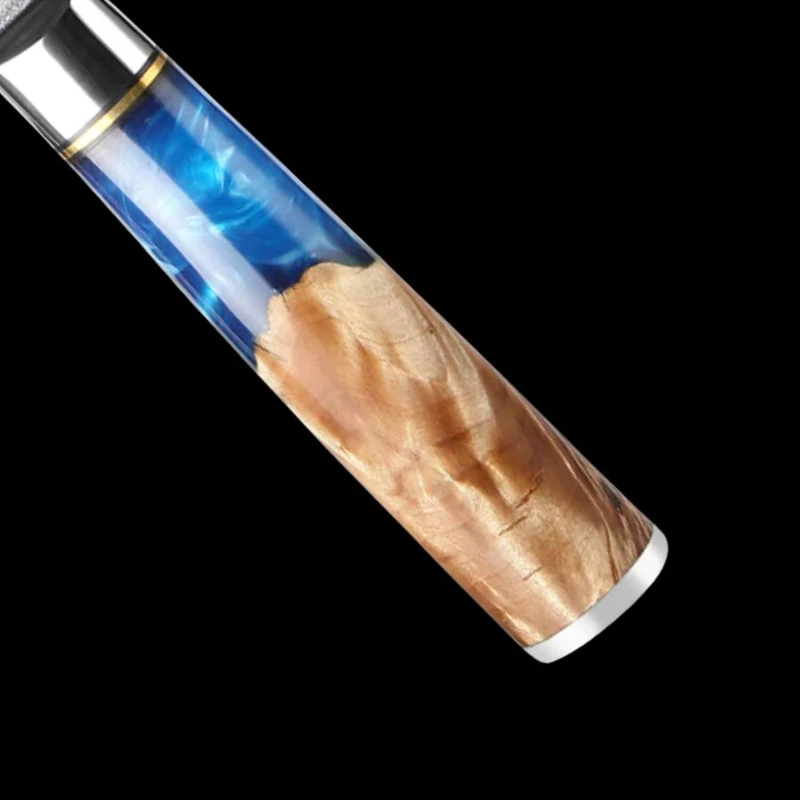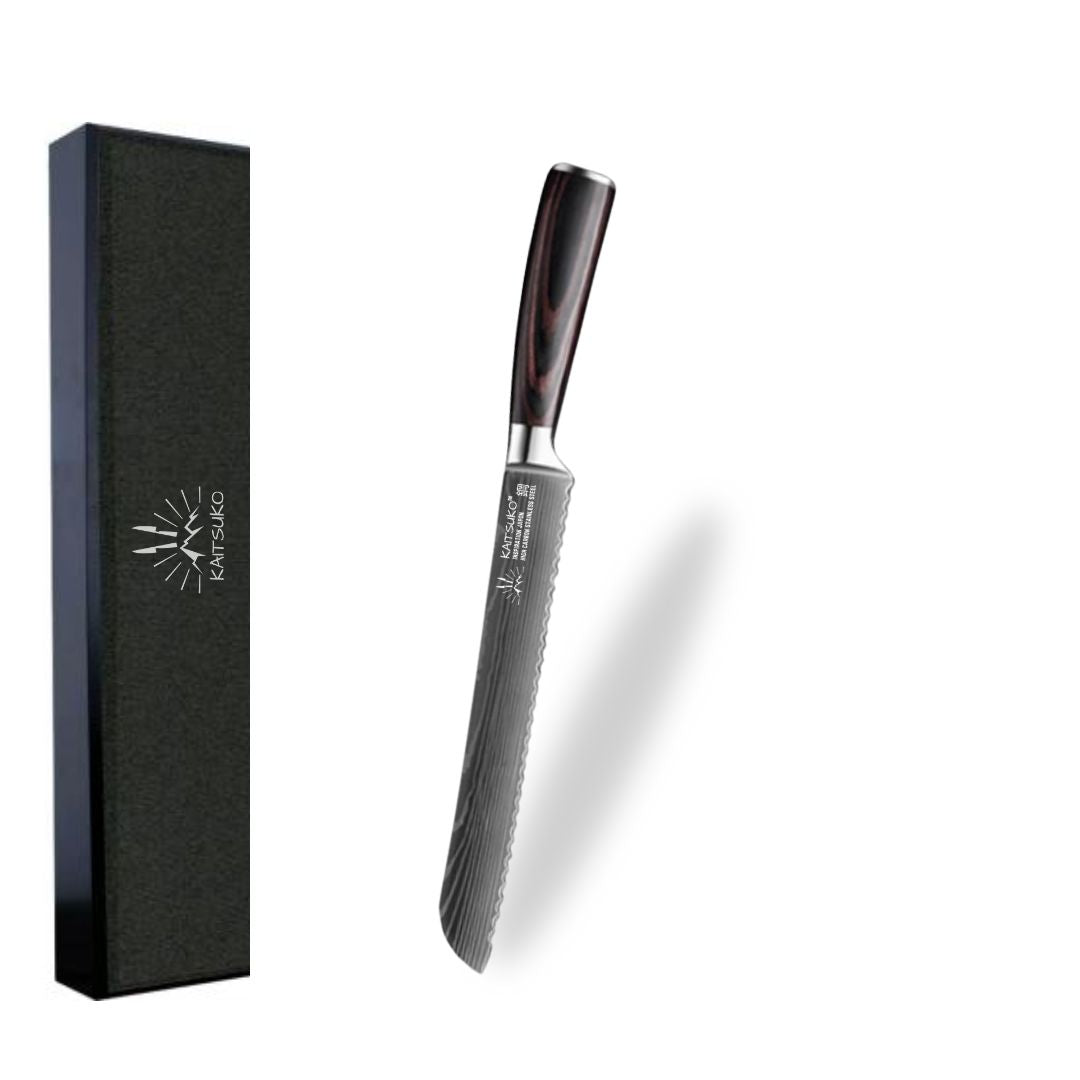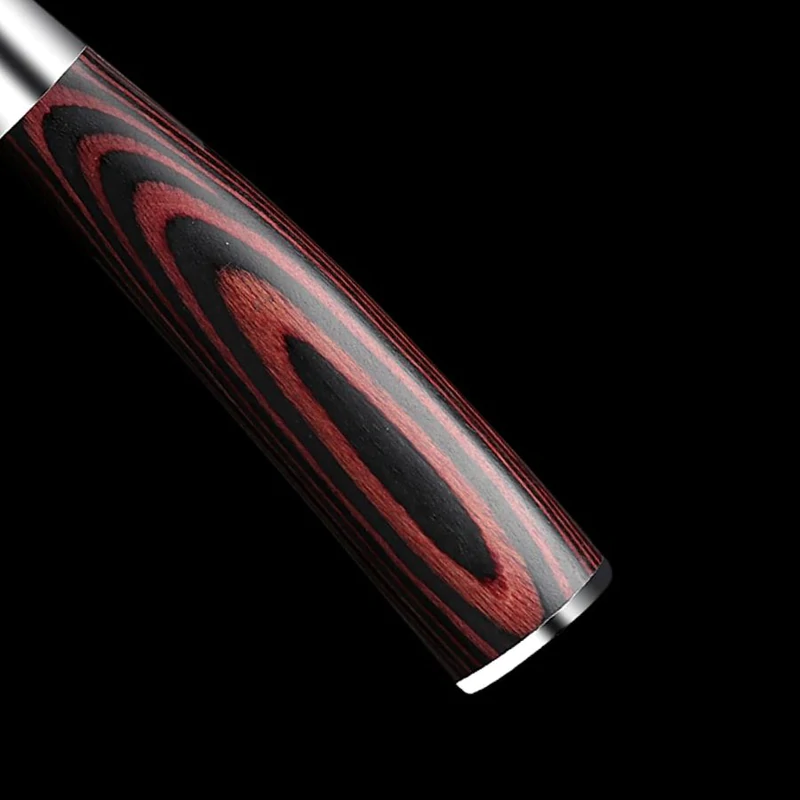Bread knives are essential tools for any cooking enthusiast or avid baker.
Often underestimated, they play a key role in achieving perfect slices of bread , whether it's crusty baguettes, rustic country bread or nutritious wholemeal bread. Here's everything you need to know about bread knives: how to choose the right model, what criteria to consider, and above all why it's advisable to invest in a quality knife!
What is a bread knife?
A bread knife is a kitchen tool specially designed to easily and cleanly slice bread , without crushing the crumb or tearing the crust.
This type of knife is distinguished in particular by its long serrated blade , generally measuring between 20 and 25 cm . The sharp teeth of the blade allow it to cut through the hardest crusts, such as those of baguettes or country breads, while maintaining the integrity of the softer internal structure.
Unlike regular kitchen knives, the design of a bread knife ensures clean and precise cuts, preserving the texture and appearance of the bread . The quality of the steel used for the blade also plays a crucial role, as high-quality stainless steel ensures durability and corrosion resistance.
Why equip yourself with a bread knife?
The advantages of a bread knife
The benefits of a bread knife include:
-
Cutting precision : It allows you to obtain uniform slices without crushing the delicate crumb or the hard crust;
-
Its durability : The quality blade stays sharper longer, requiring less maintenance;
-
Its versatility : It is suitable not only for various breads, but also for pastries and hard-skinned fruits;
-
Its ease of use : Its ergonomic design guarantees a comfortable and secure grip;
-
Reduced waste : Clean cuts preserve the shape and texture of the bread, preventing waste.
Differences from other kitchen knives
The bread knife is clearly distinguished from other kitchen knives given its design and specific use .
While chef's knives and utility knives have smooth, sharp blades designed for cutting or chopping, the bread knife is equipped with a long, serrated blade . This serrated blade is specifically designed to slice through tough crusts and loaves of bread without applying excessive pressure that could crush the delicate crumb. This allows the teeth of the bread knife to grip the crust, allowing for a cleaner, sharper cut.
As for the length of the bread knife blade, it is generally between 20 and 25 cm , which is an additional advantage compared to shorter knives (for vegetables or meats). It then allows you to easily slice large loaves in a single fluid movement, thus avoiding the back and forth movements that can crumble the bread. The structure and curvature of the bread knife blade are also optimized to effortlessly penetrate thick crusts while maintaining a controlled cut.
How to choose a good bread knife?
Blade materials
To choose a good bread knife, first opt for a high-quality stainless steel blade , which ensures durability and resistance to corrosion.
High carbon steel is also a great option for long lasting sharpness. Avoid blades made of low quality steel as they will dull quickly and are more prone to rust.
Finally, ceramic blades offer a lightweight and sharp alternative, but they remain much more fragile and likely to break easily.
Handle ergonomics
Regarding handle ergonomics, choose a bread knife with a comfortable and well-balanced handle .
For example, a wooden, plastic or composite handle ensures a secure grip and reduces physical fatigue when cutting. However, make sure that the handle is non-slip , even when wet, to ensure your daily safety!
Blade length and design
Finally, for optimal efficiency, we advise you to use a bread knife blade measuring between 20 and 25 cm .
Why? Because this length makes it easy to slice through loaves of varying sizes in one smooth motion , with the blade's serrated design cutting through tough crusts without crushing the soft crumb.
The different ranges of bread knives at Kaitsuko
Japanese bread knife
Japanese bread knives offered by Kaitsuko, such as those in the Chef Tanaka collection , stand out greatly for their elegant design and exceptional functionality .
These knives have a serrated blade made of 7CR17 stainless steel, known for its hardness (58±2 HRC) and durability , allowing you to easily slice all types of bread, whether they have a hard or thick crust. The Pakkawood handle , a composite material combining robustness and aesthetics, offers a comfortable and secure grip, reducing fatigue when cutting.
Kaitsuko Japanese bread knives are also suitable for other uses, such as cutting pizzas, brioches, and sponge cakes, without crushing or tearing them, thanks to their exceptional sharpness and well-thought-out design. The balanced weight and length of the blade (approximately 20-25 cm) ensure precise and clean cutting, essential for preserving the texture and presentation of food.
Investing in a Japanese bread knife from Kaitsuko means choosing a versatile, durable and aesthetically pleasing kitchen tool that will make your daily culinary preparations easier and more enjoyable.
Multifunctional kitchen knife
The multi-function kitchen knife is undeniably a versatile tool , capable of slicing, chopping, mincing and cutting a variety of foods, from vegetables to meats. Its stainless steel blade , often of the 7CR17 type , guarantees you a certain hardness and durability, for a precise and long-lasting cutting edge.
The ergonomic handle is not left out either. Often made of Pakkawood or composite material, the latter ensures a comfortable grip, reducing fatigue during long preparation sessions while stimulating the pleasure of cooking !
Frequently Asked Questions About Bread Knives
How long does a bread knife last?
A good quality knife, well maintained, can last for several years, even decades! However, the lifespan of a bread knife depends mainly on the quality of the blade and the maintenance provided.
How to maintain your bread knife?
To maintain your bread knife, be sure to:
-
hand wash with warm water and mild soap;
-
dry it immediately after washing to avoid corrosion;
-
sharpen your blade regularly with a suitable sharpener to maintain its sharpness;
-
store it in a safe place, such as a knife block or protective sheath.






